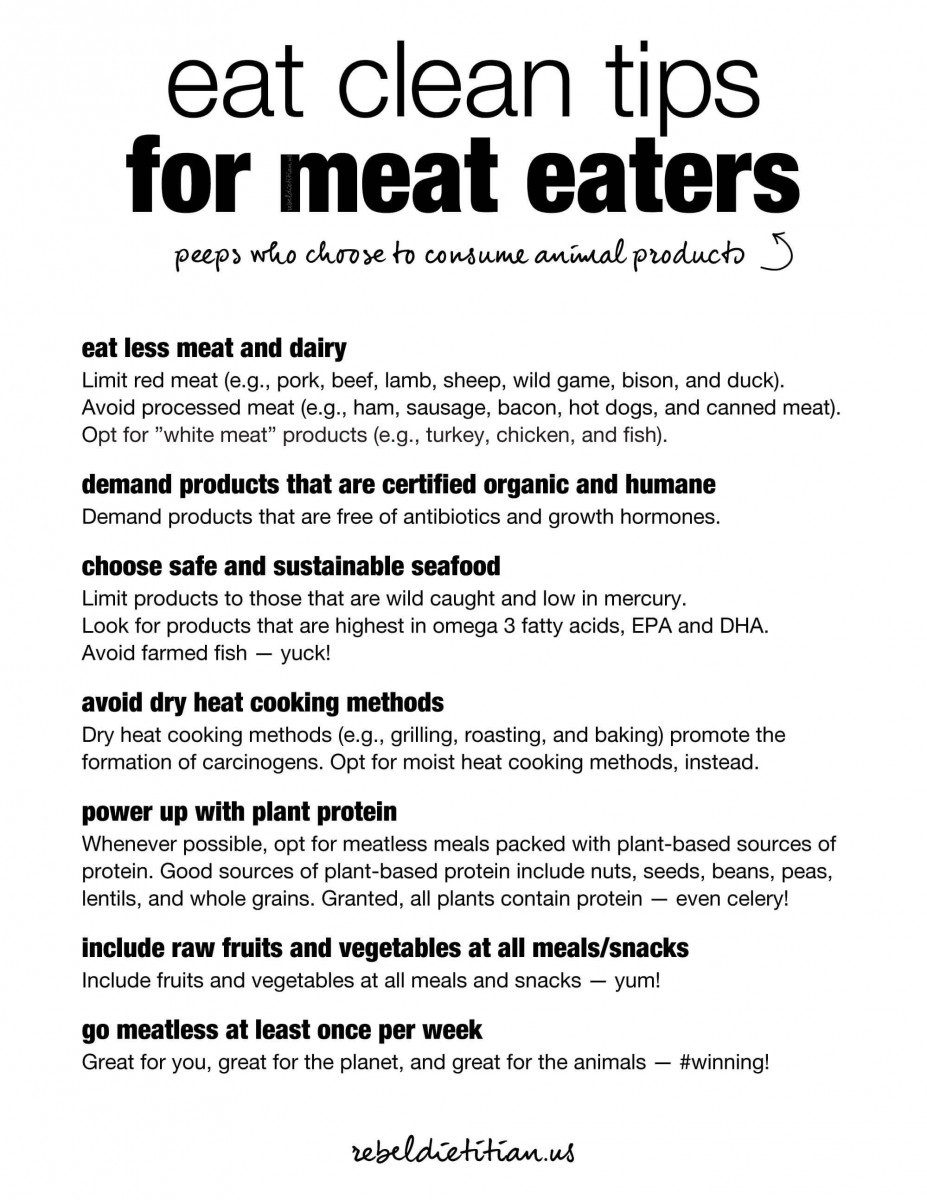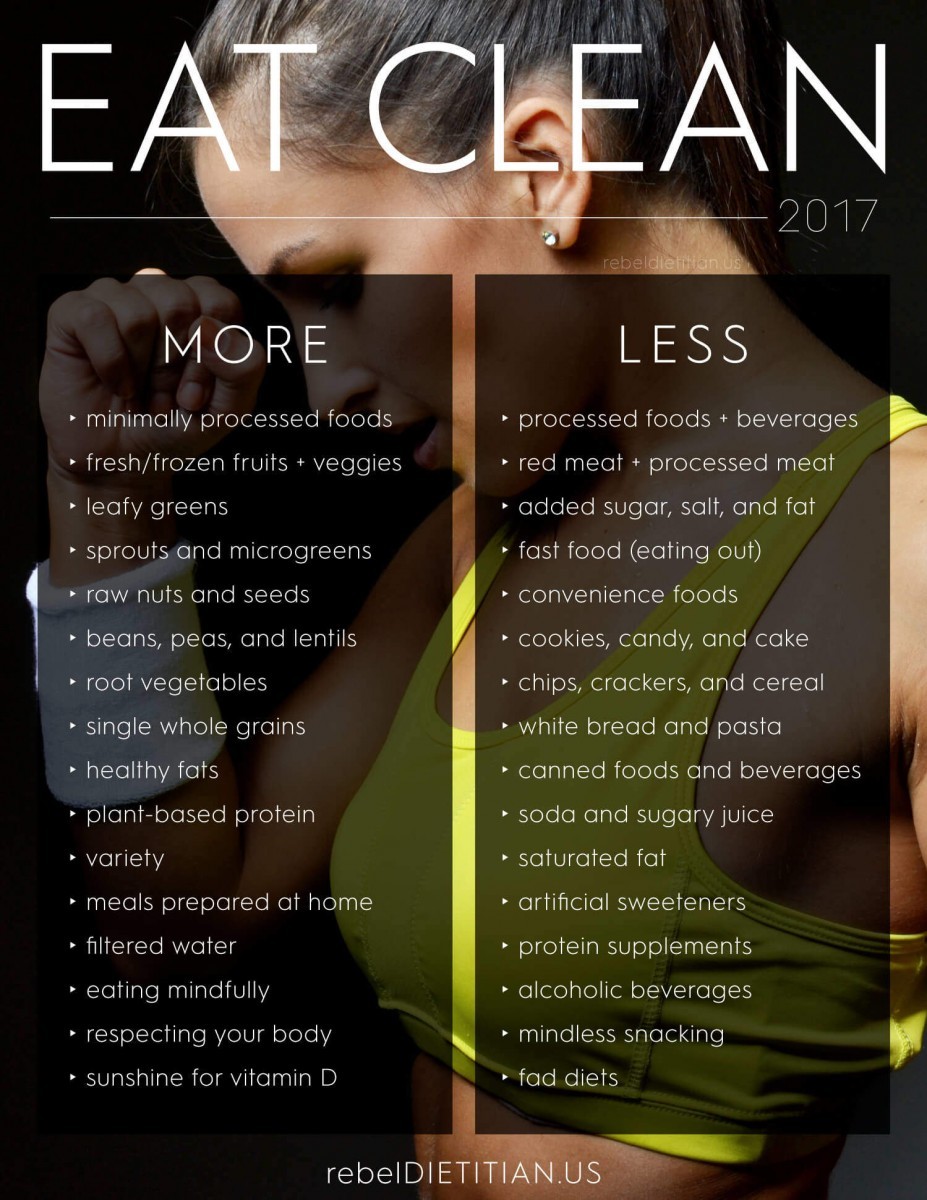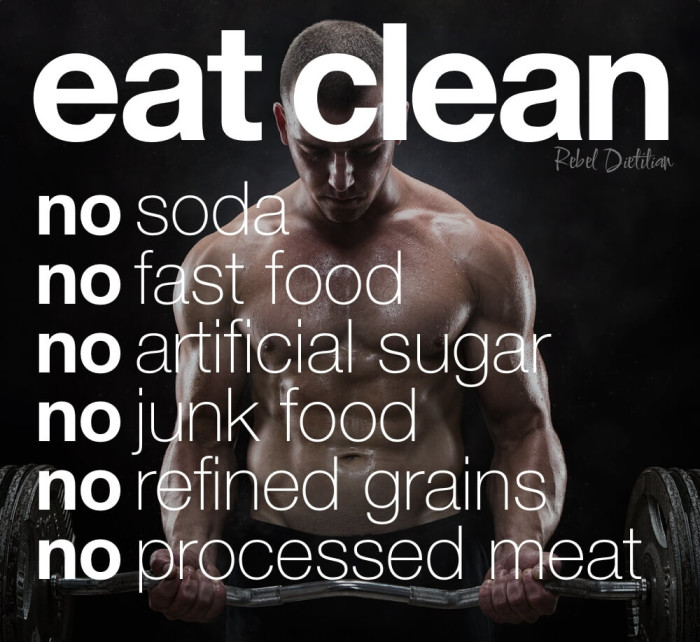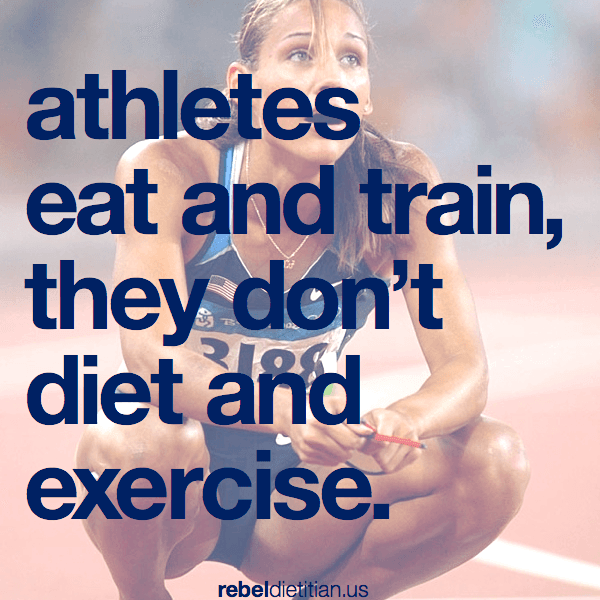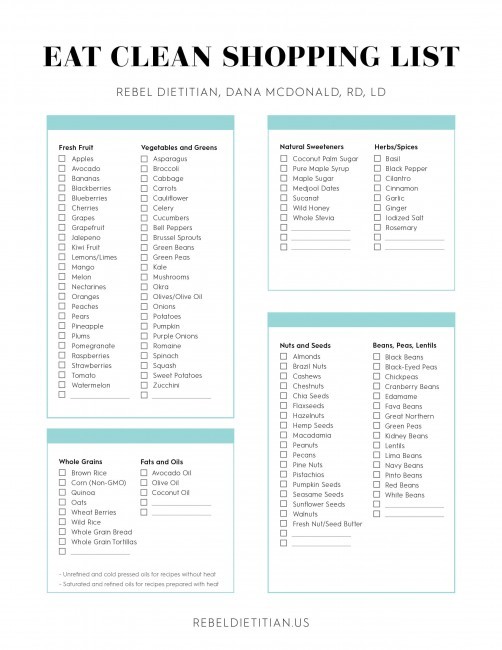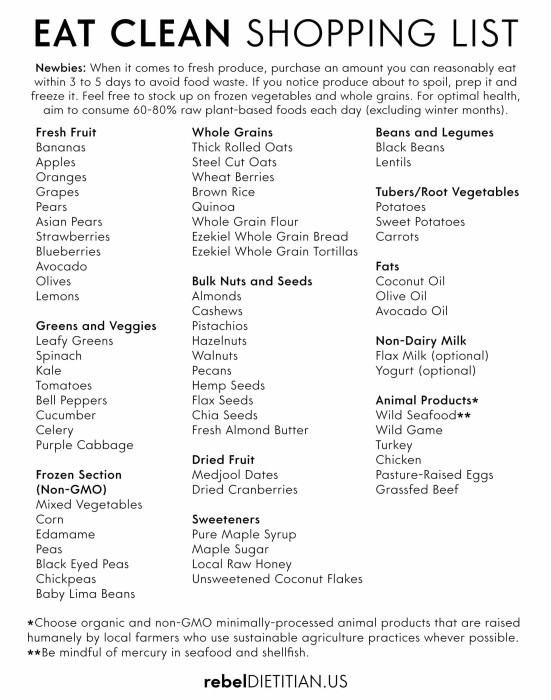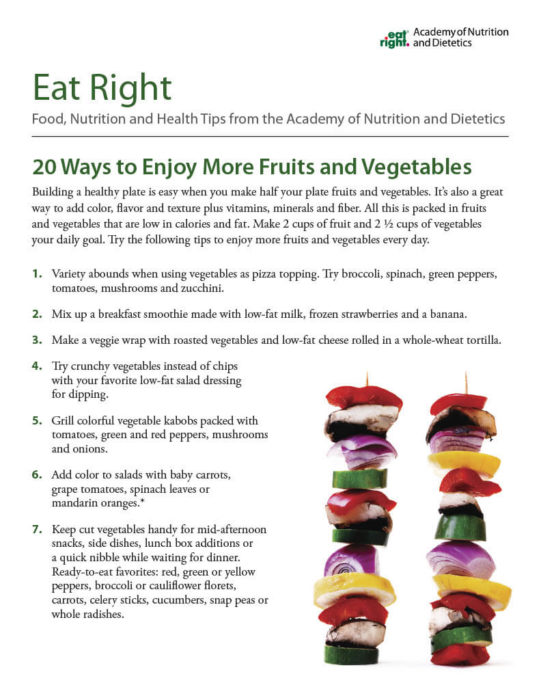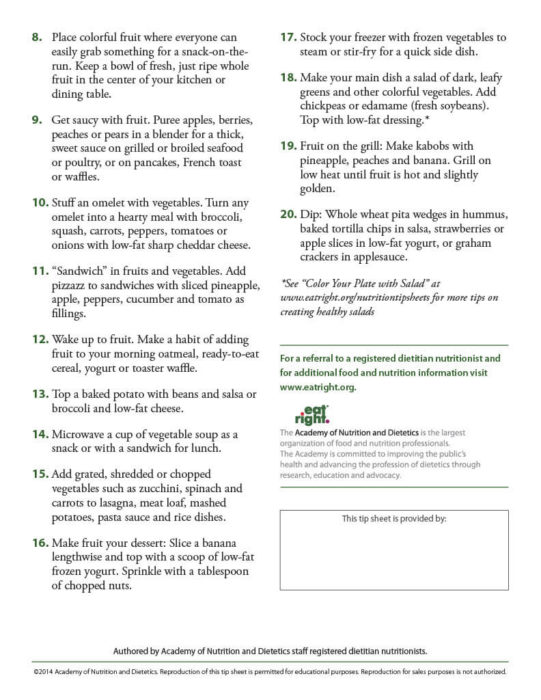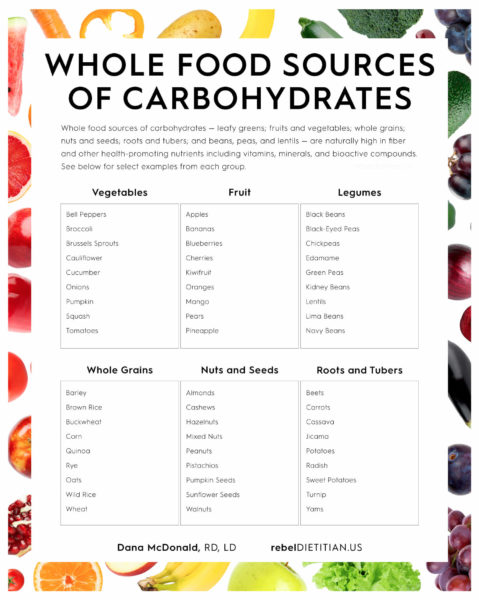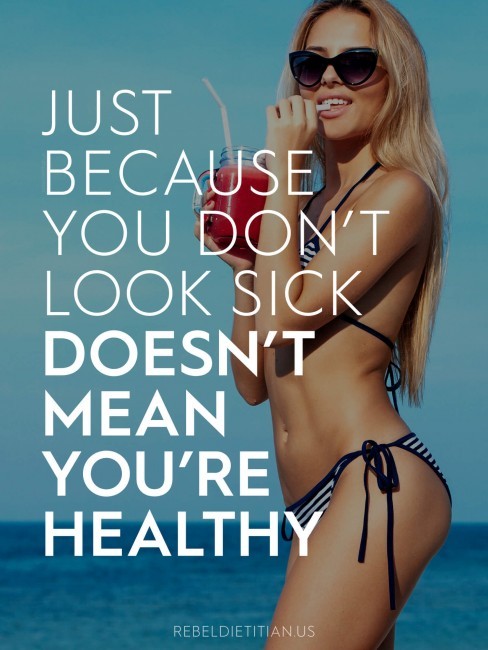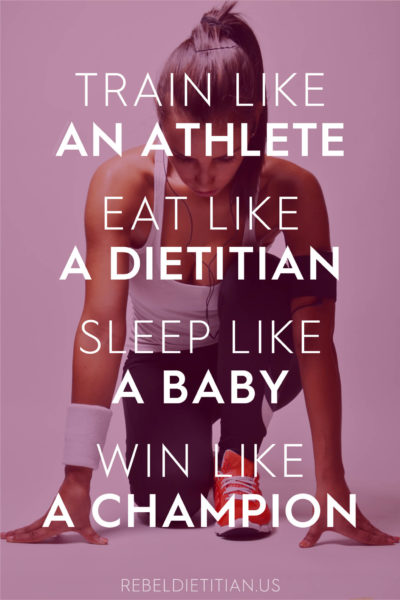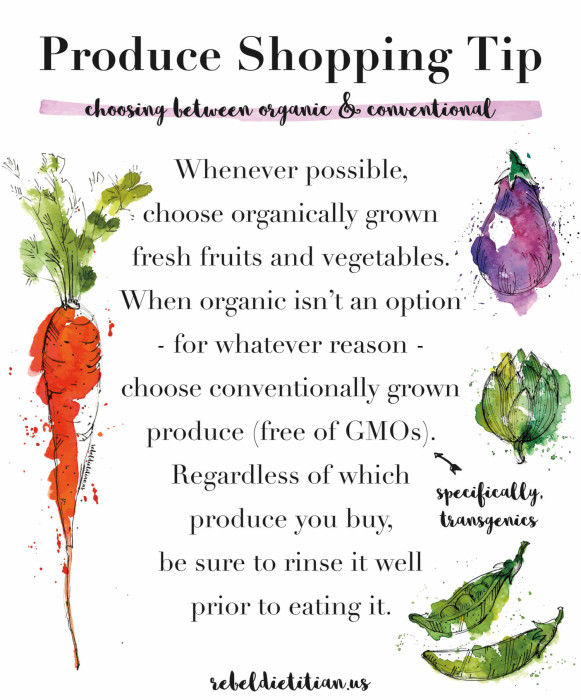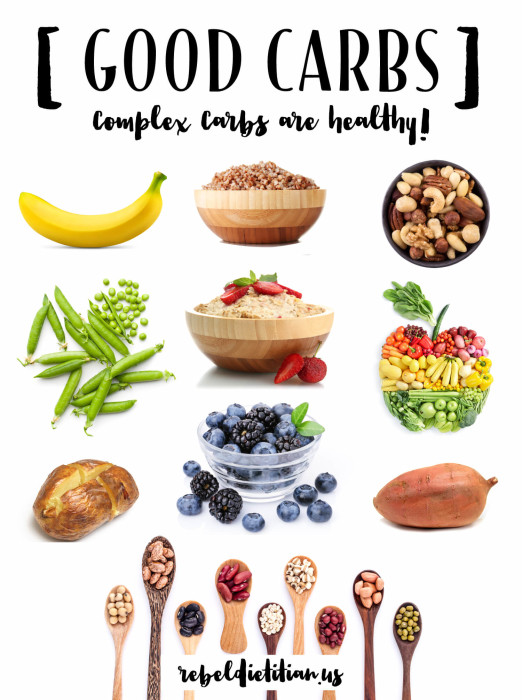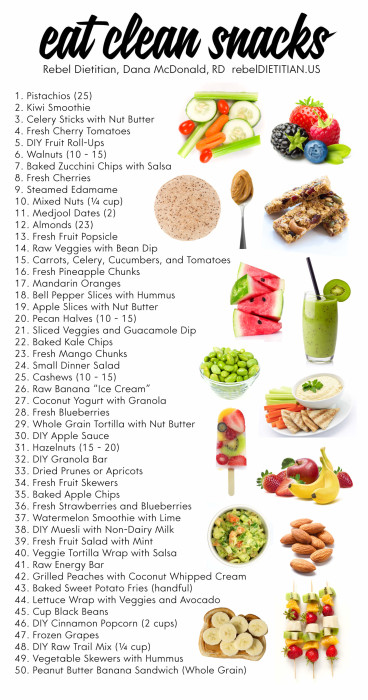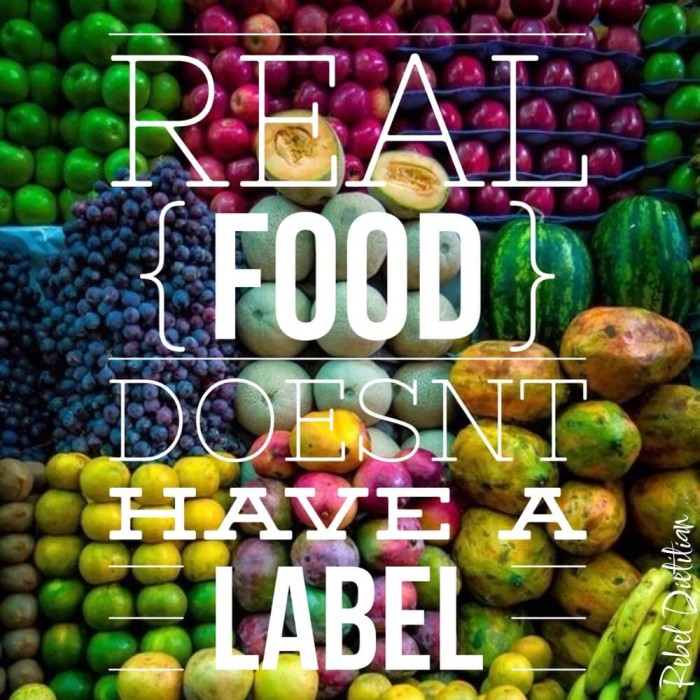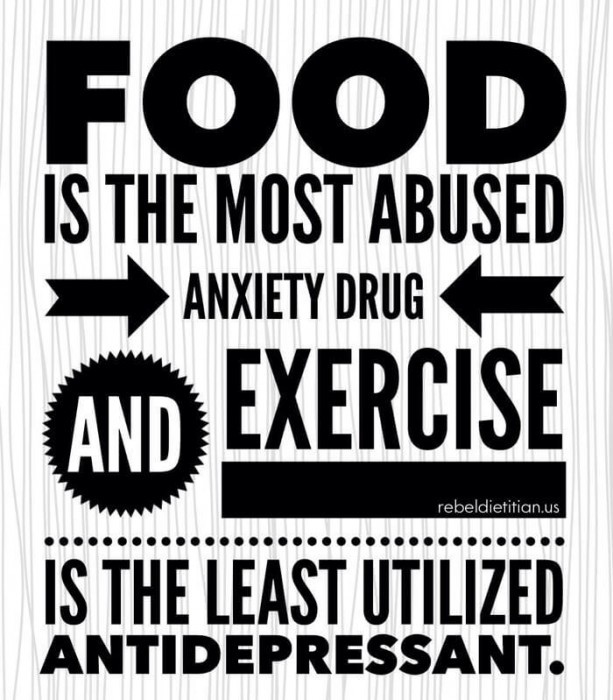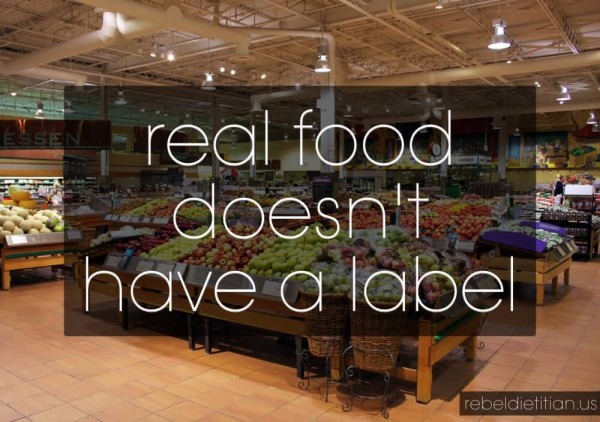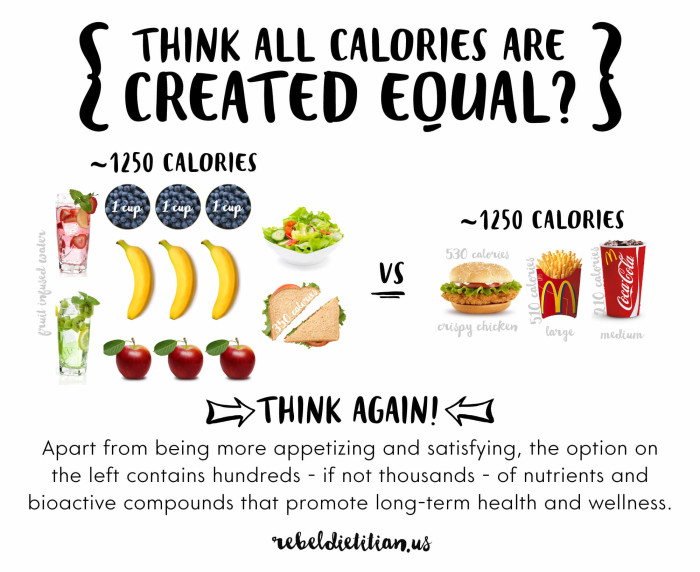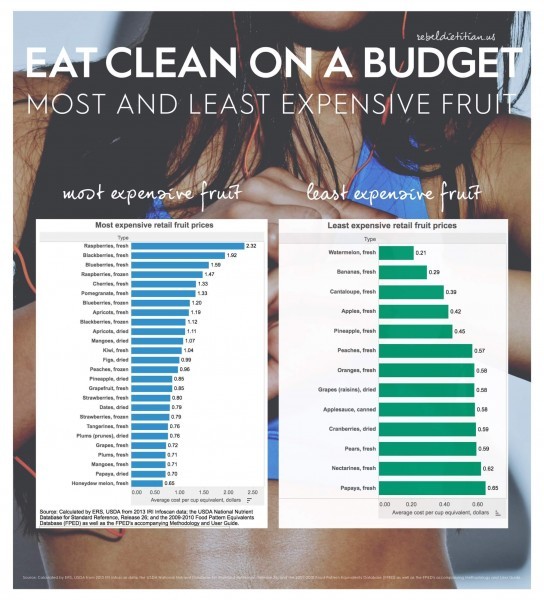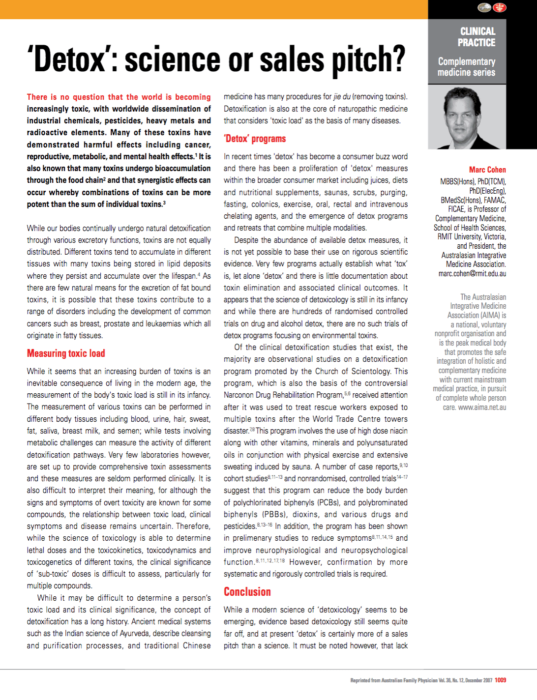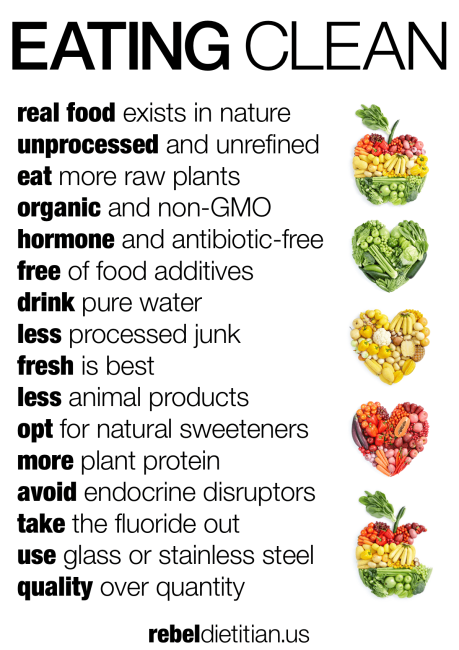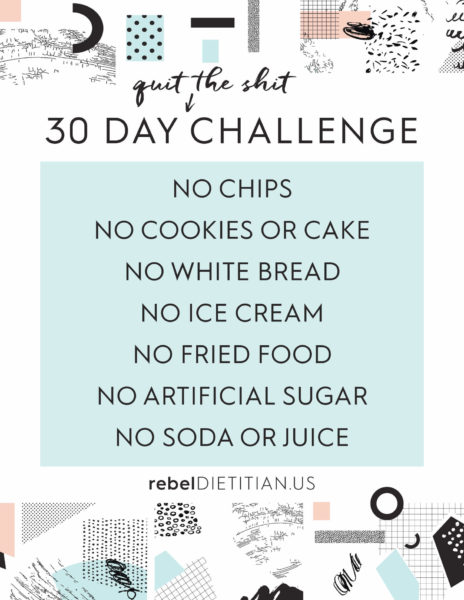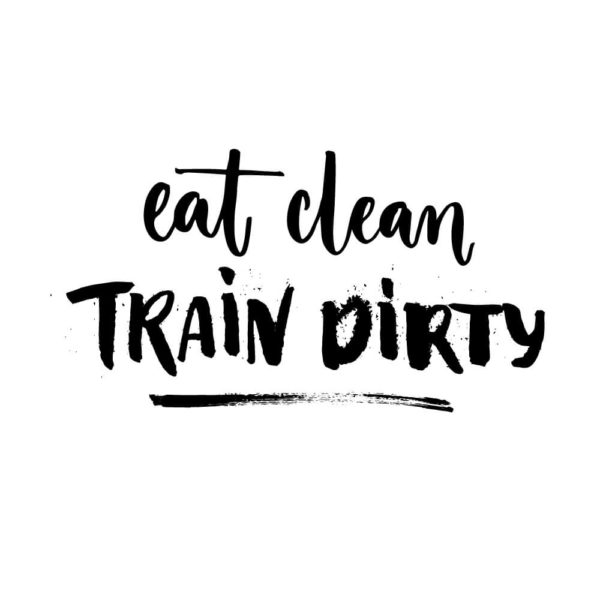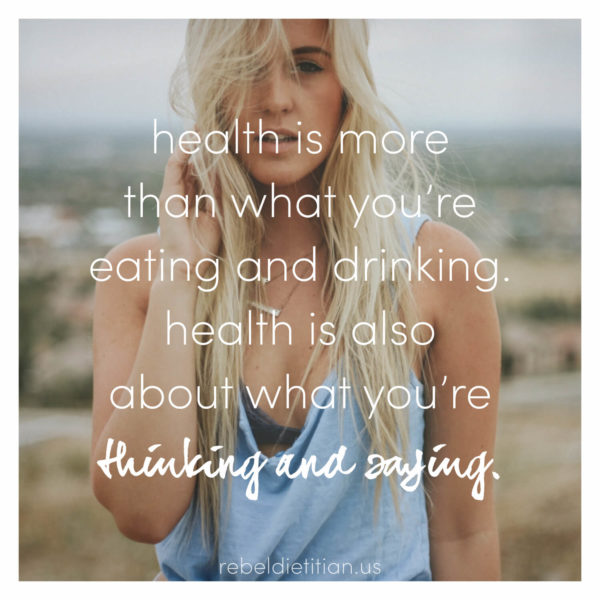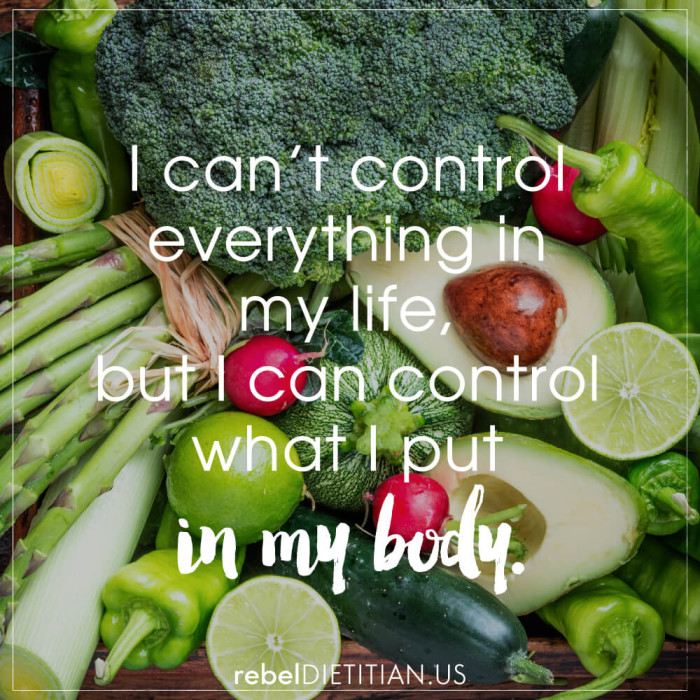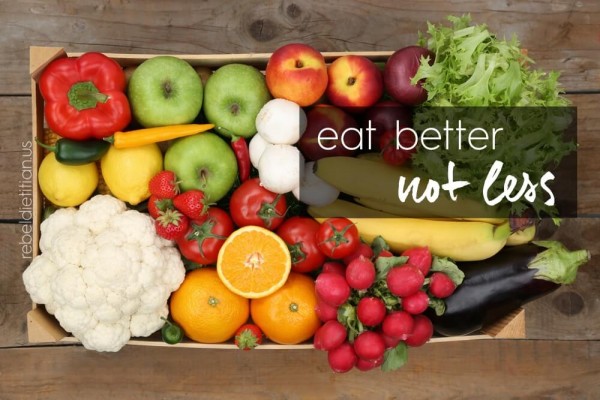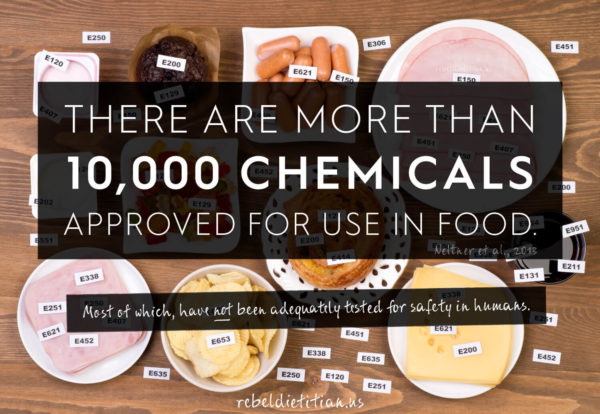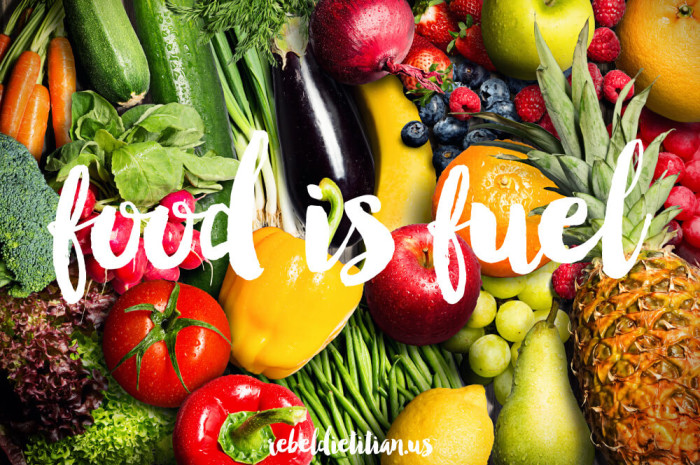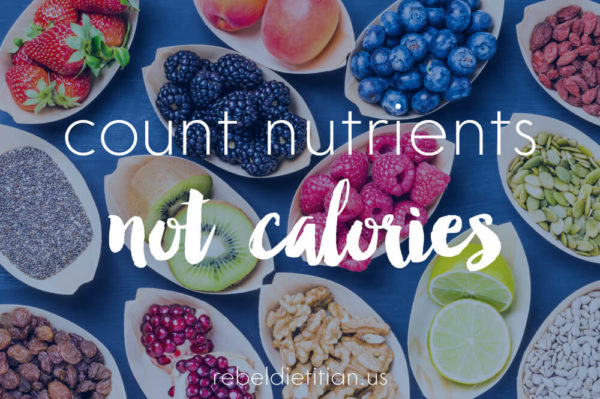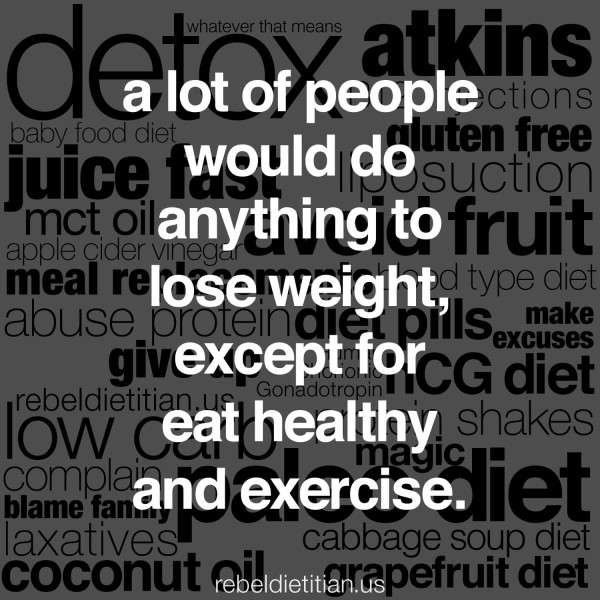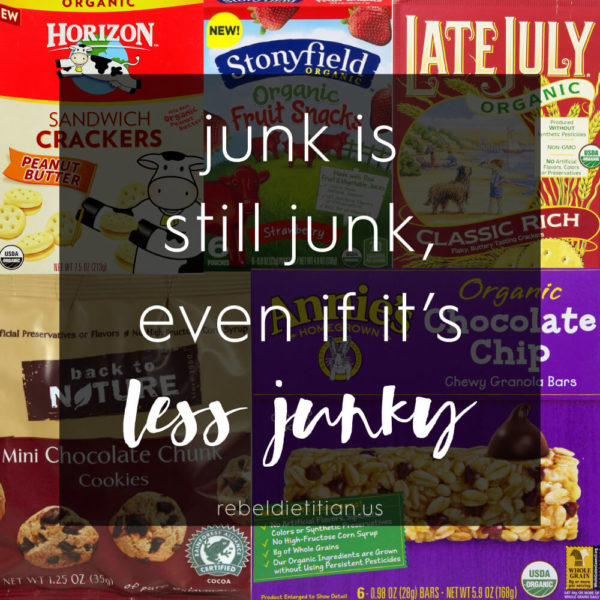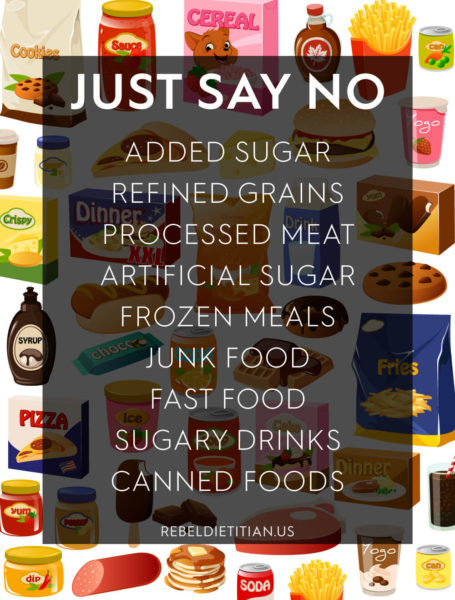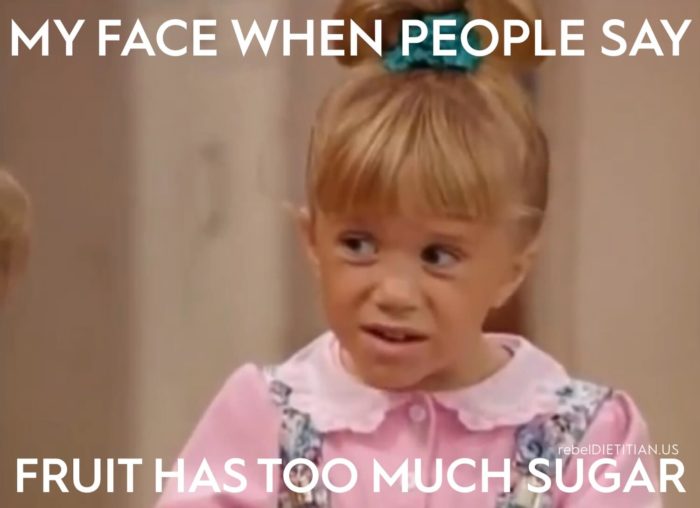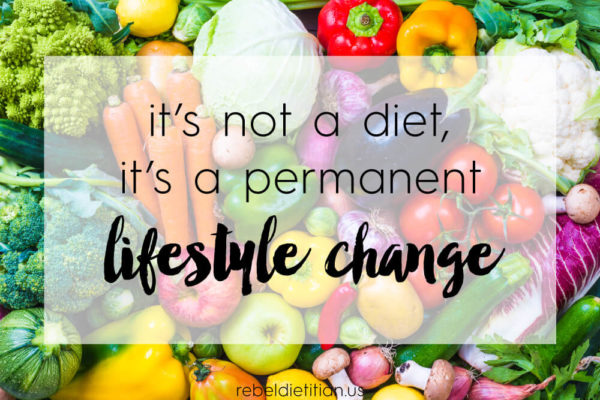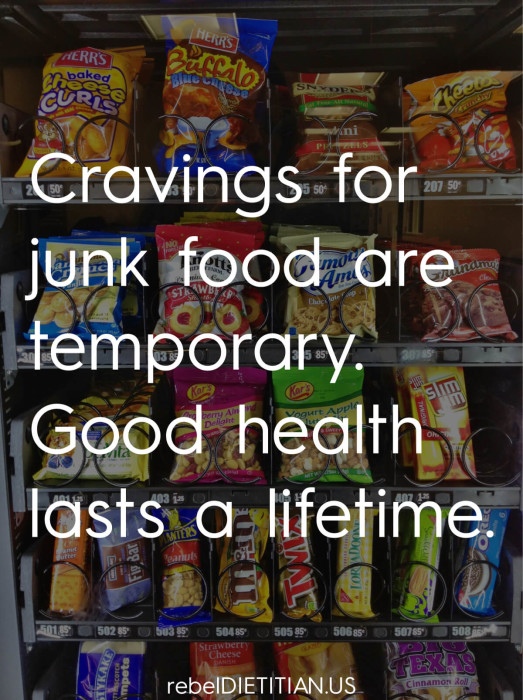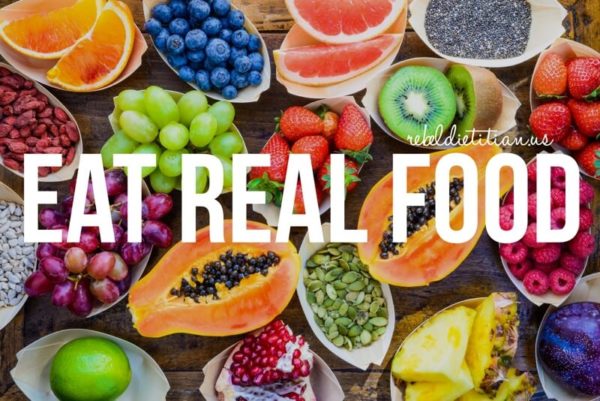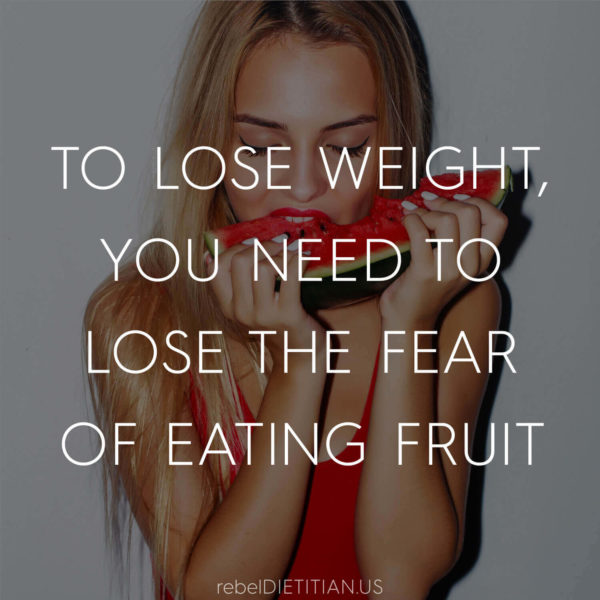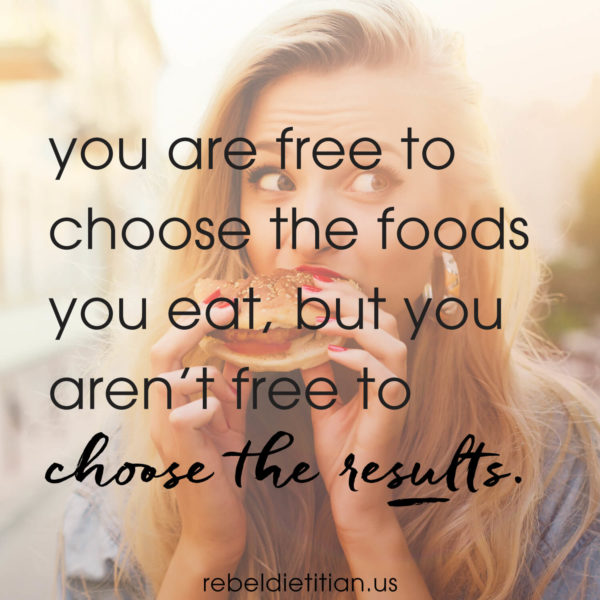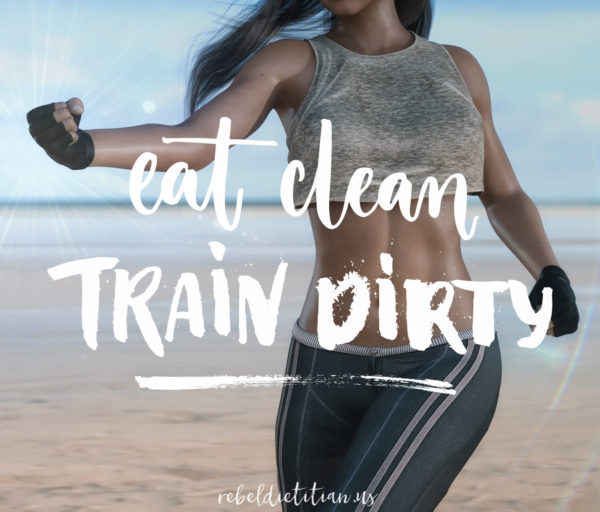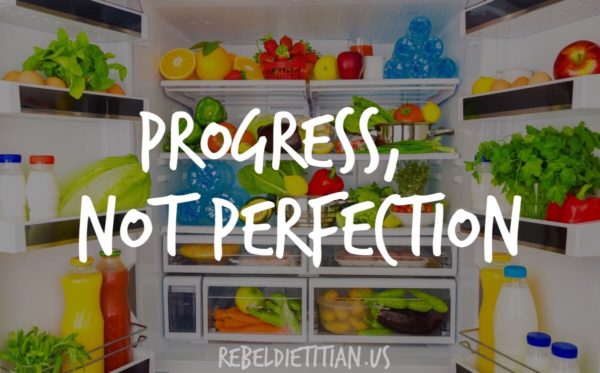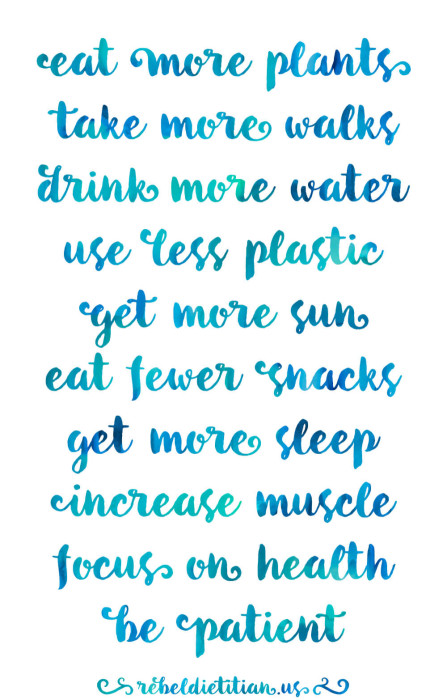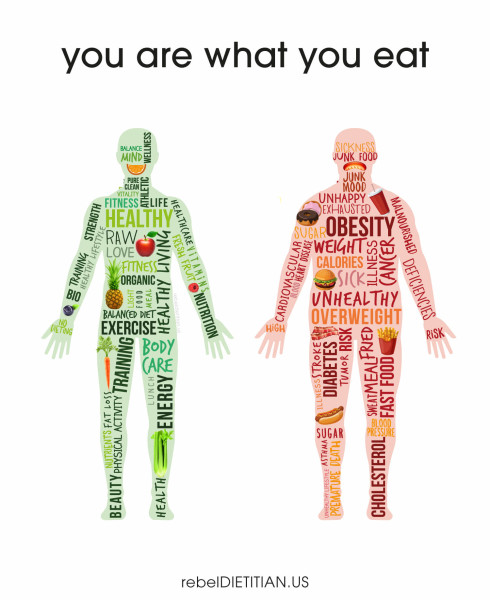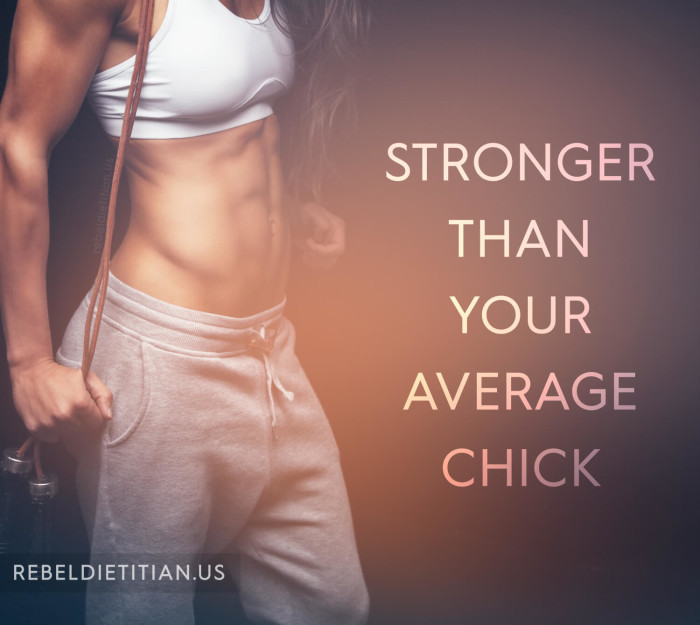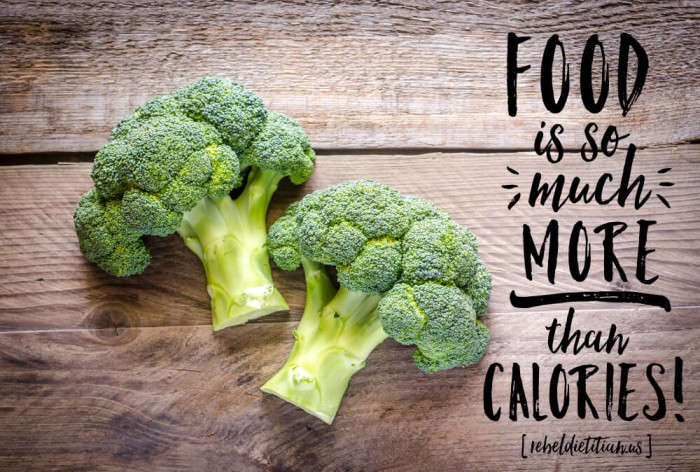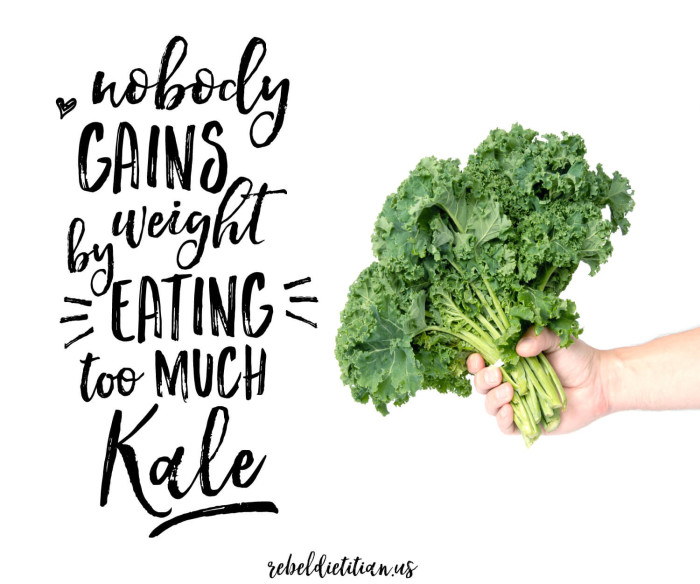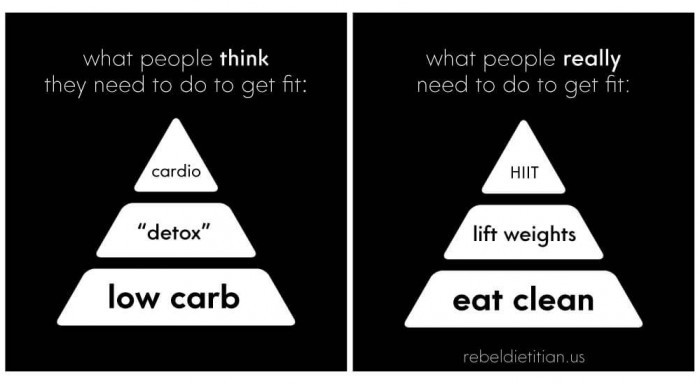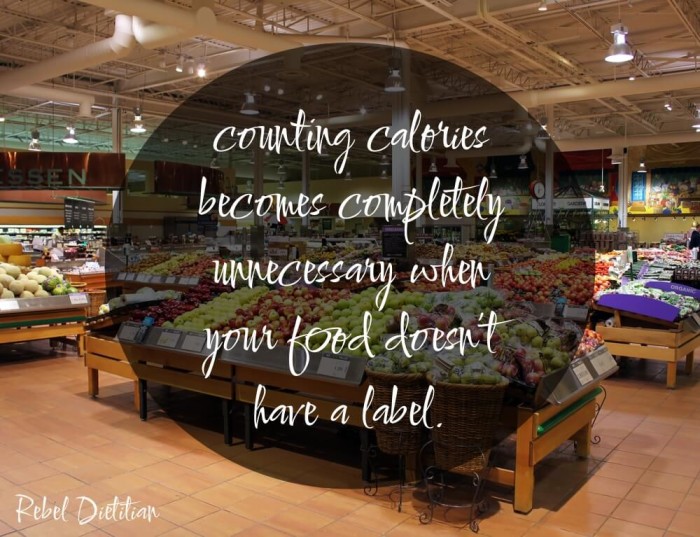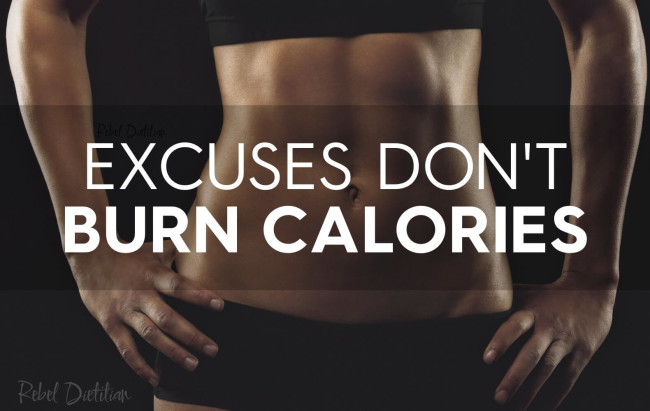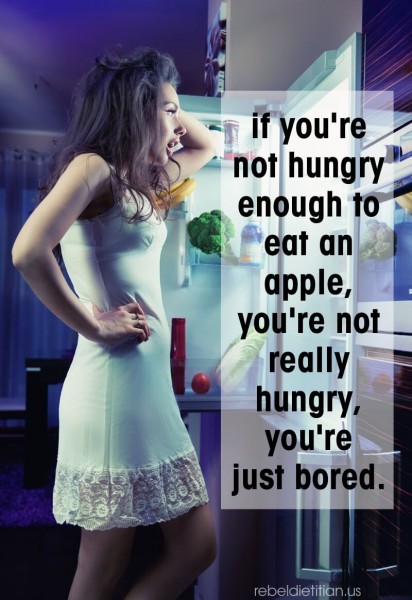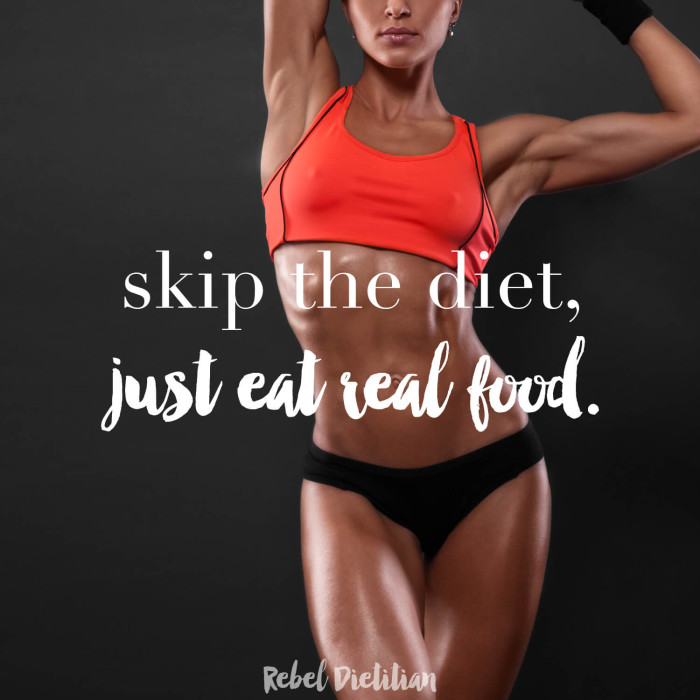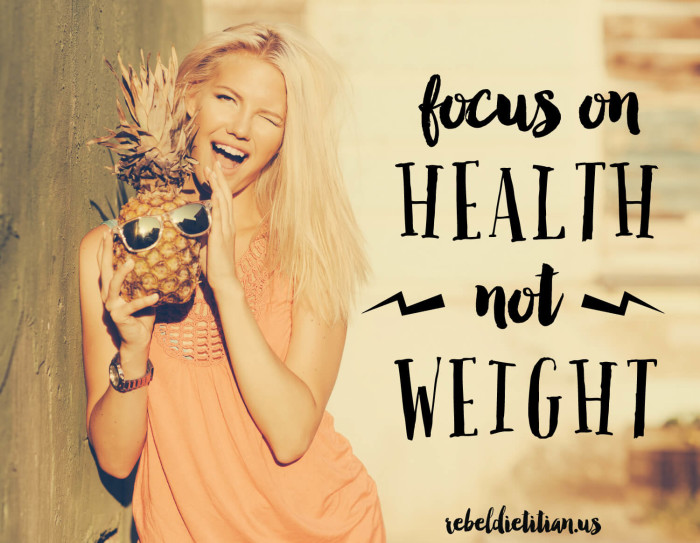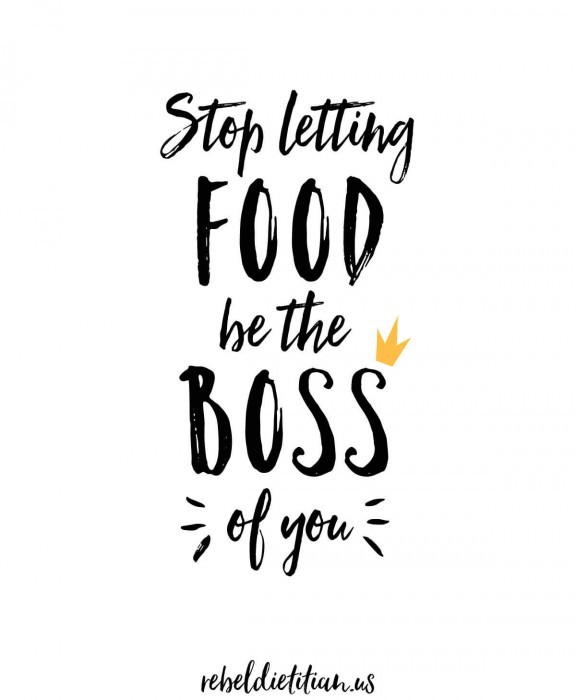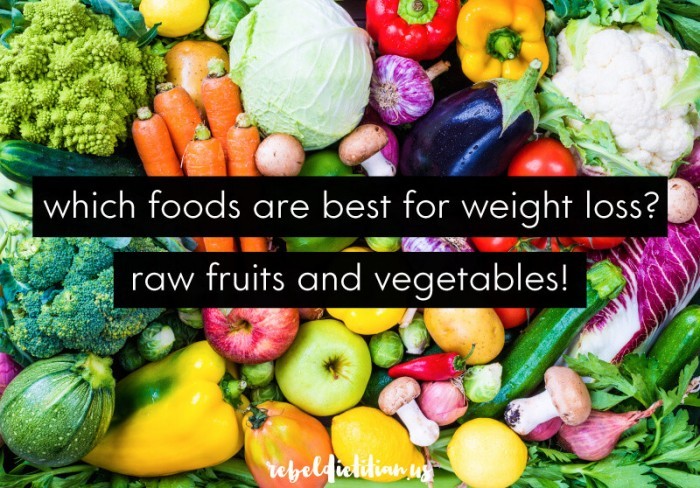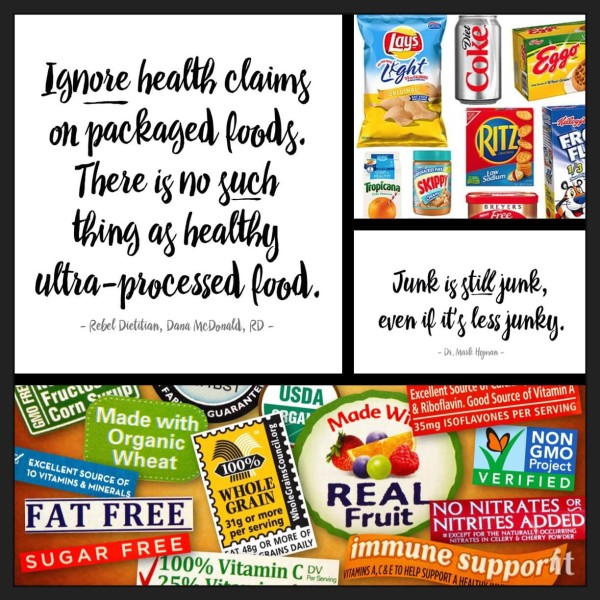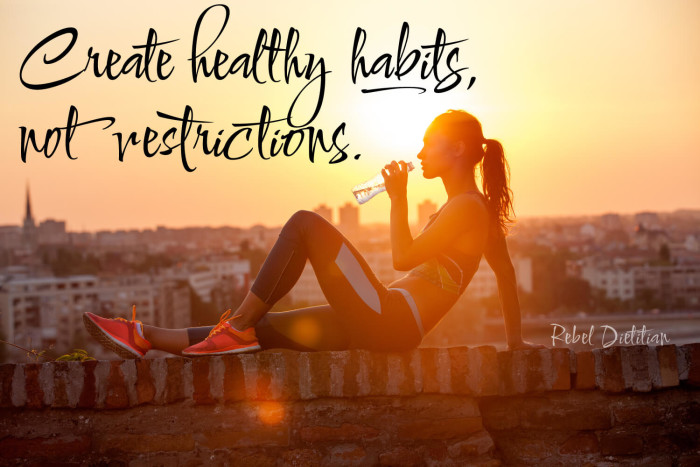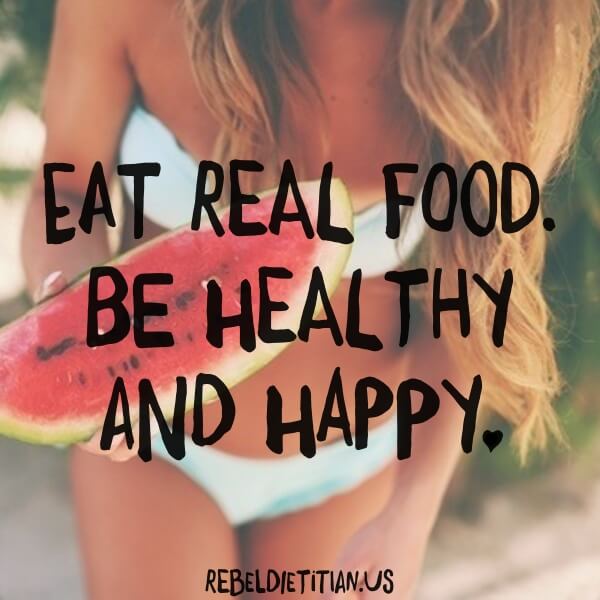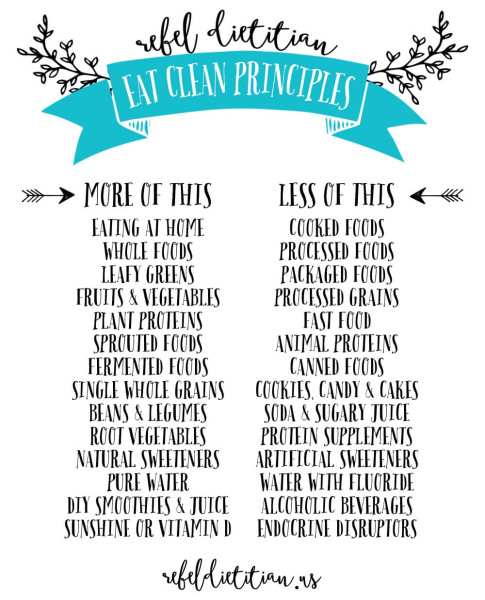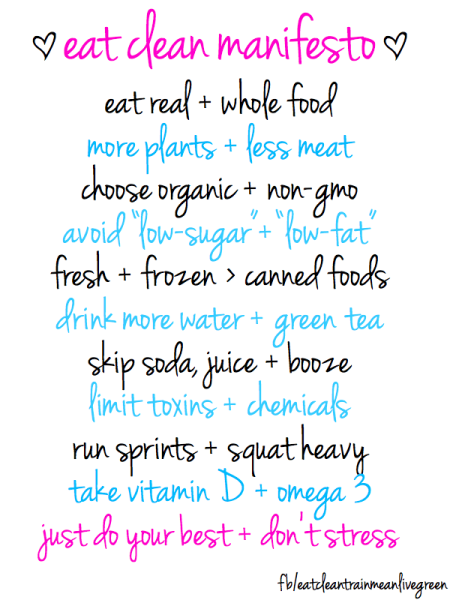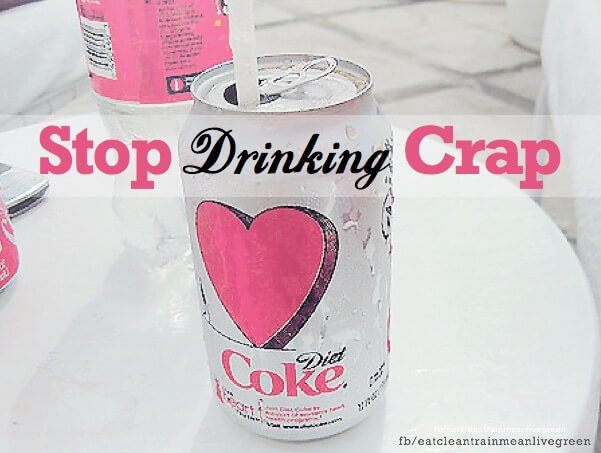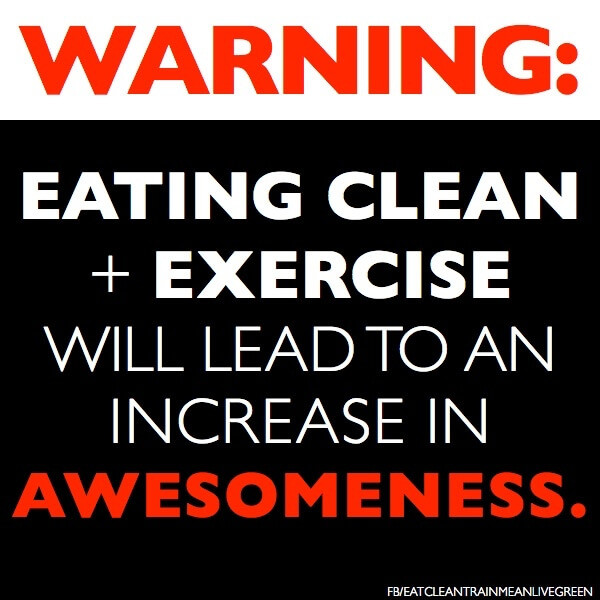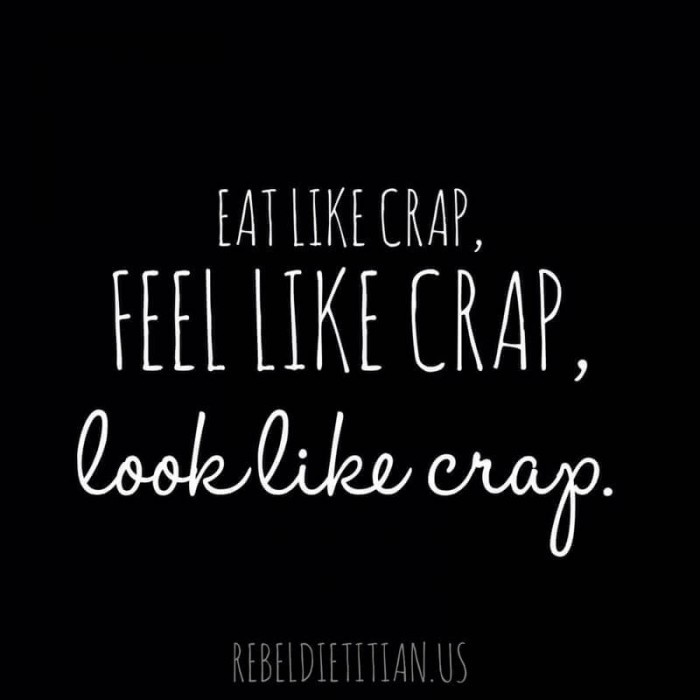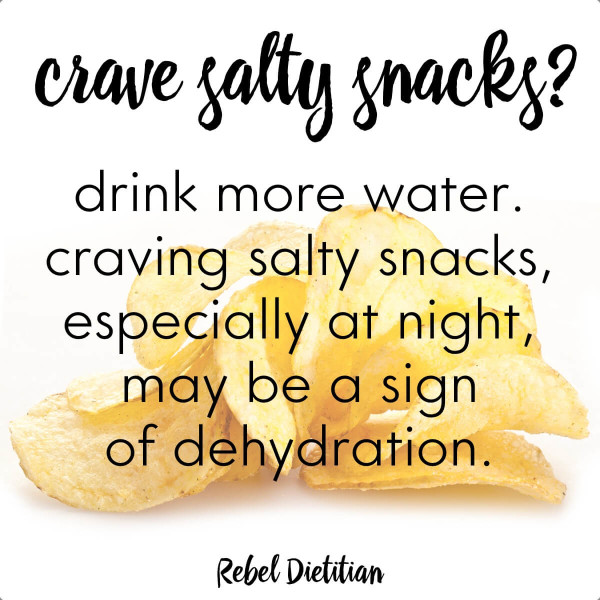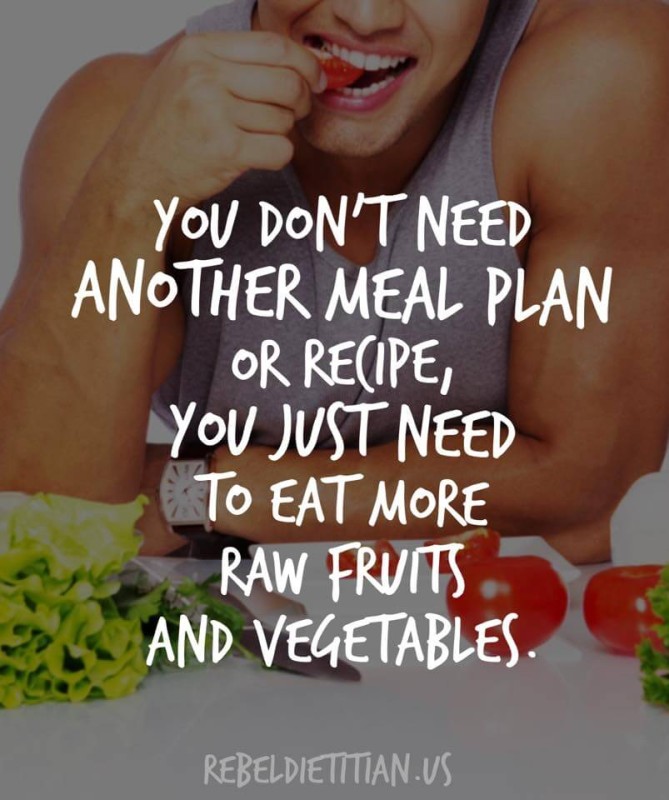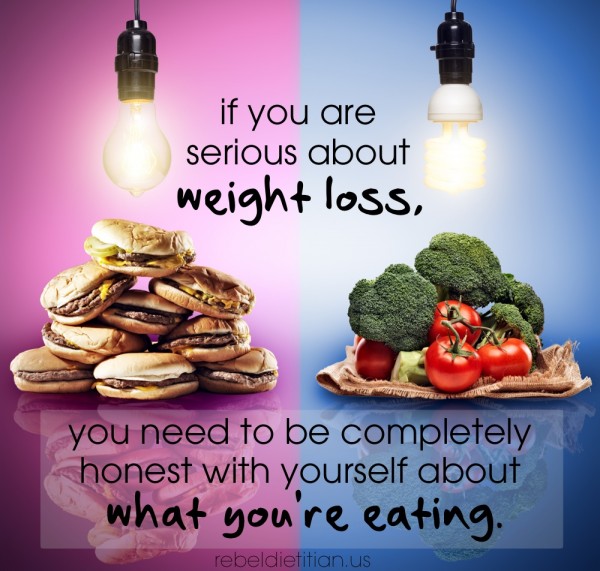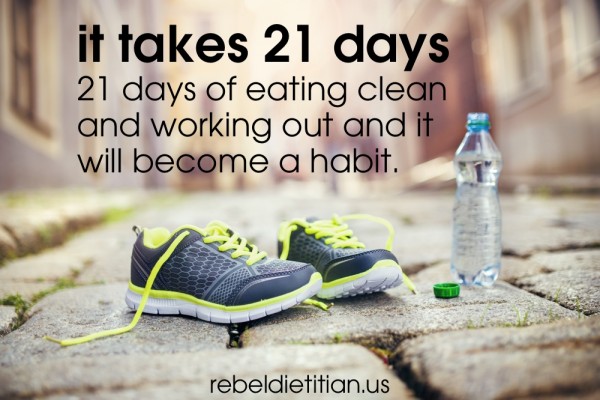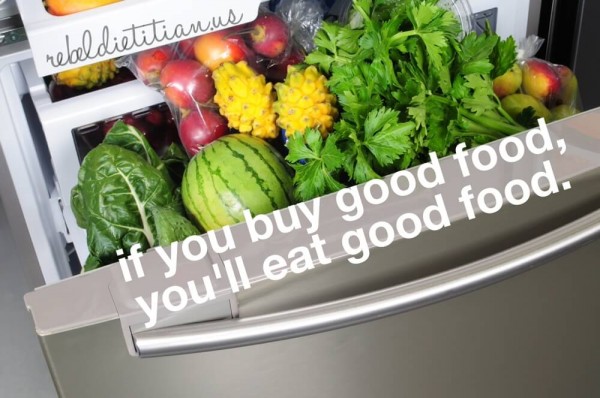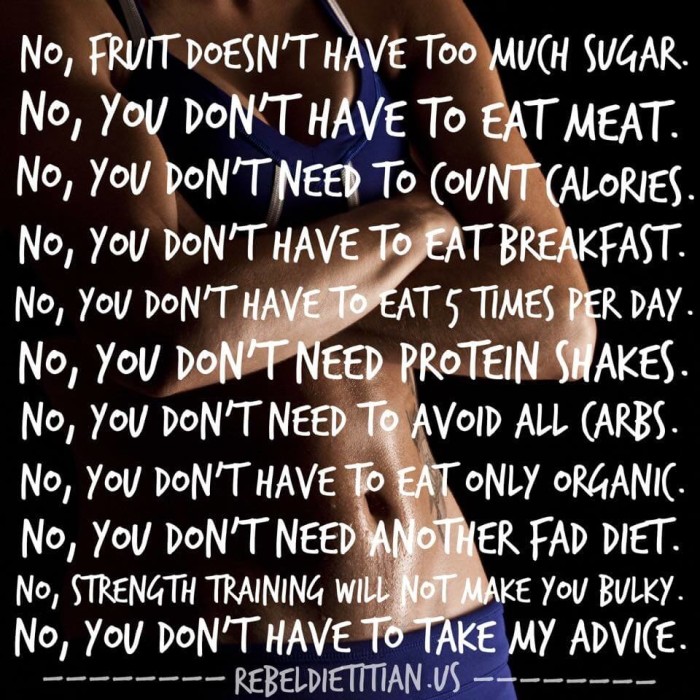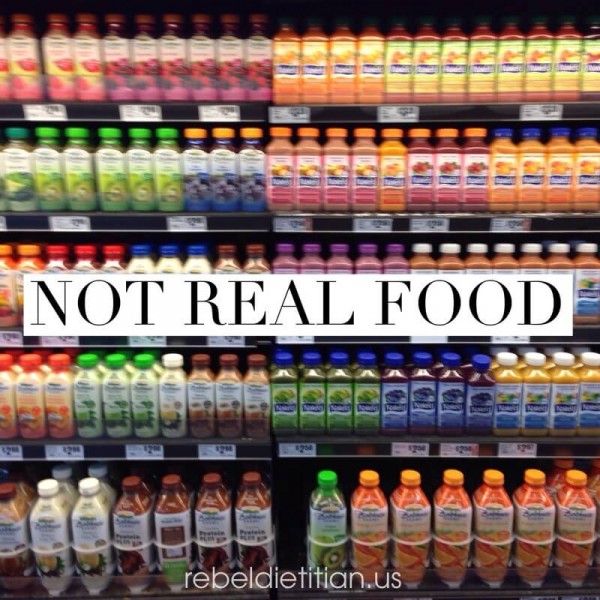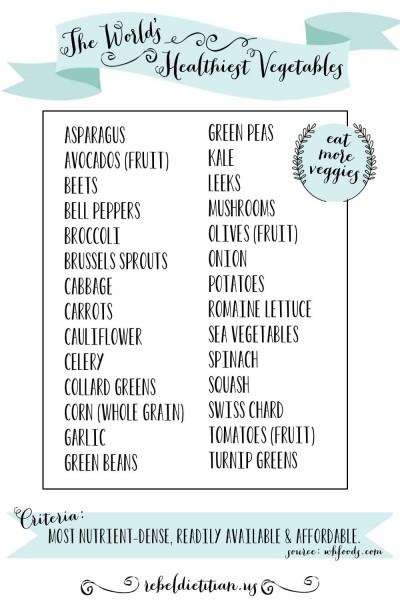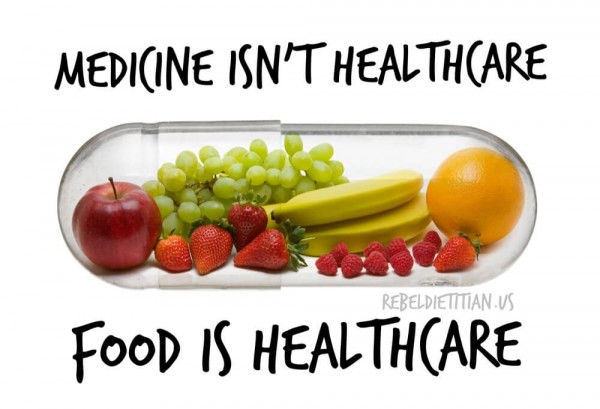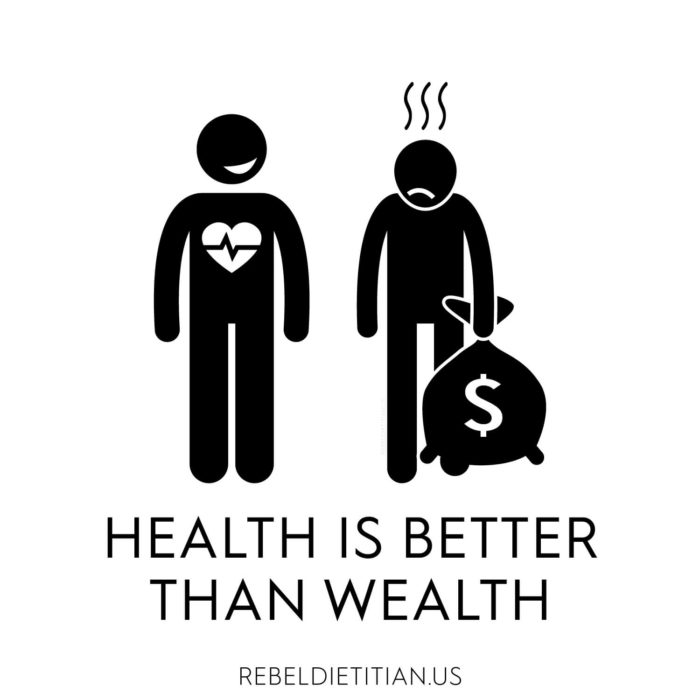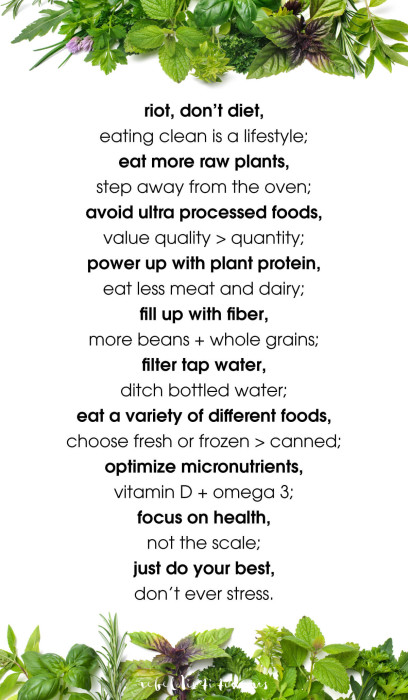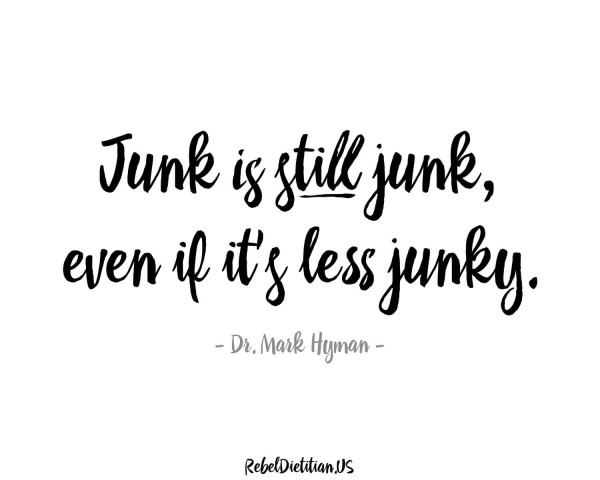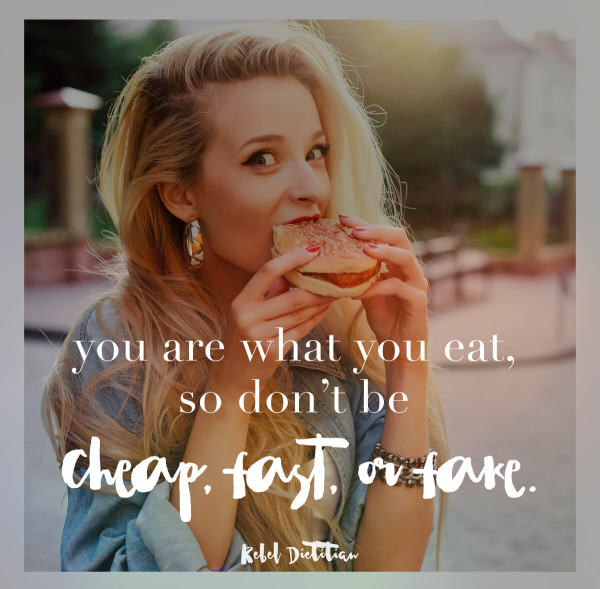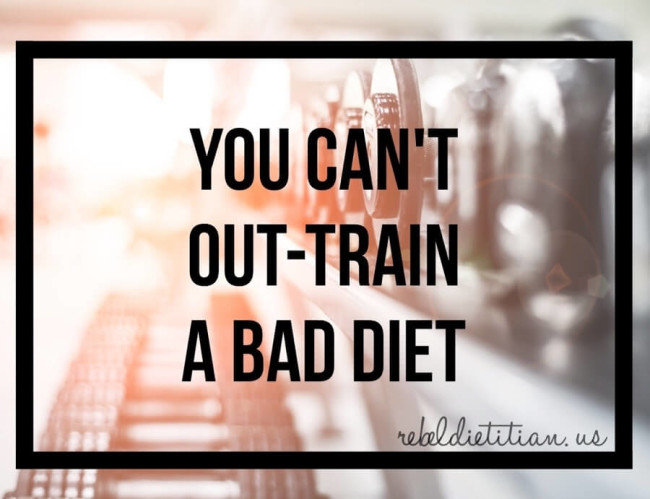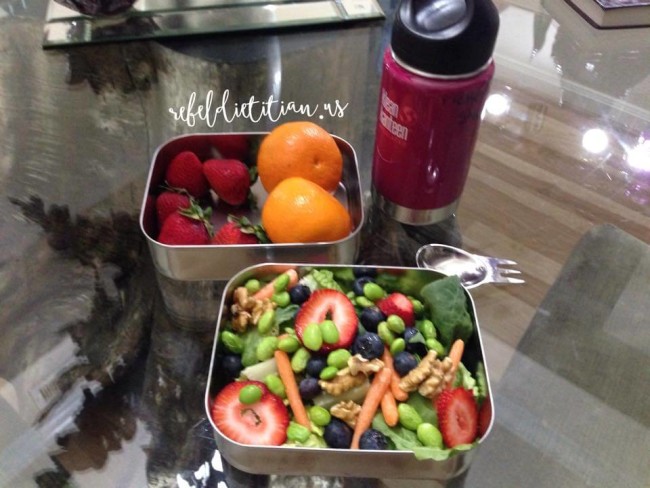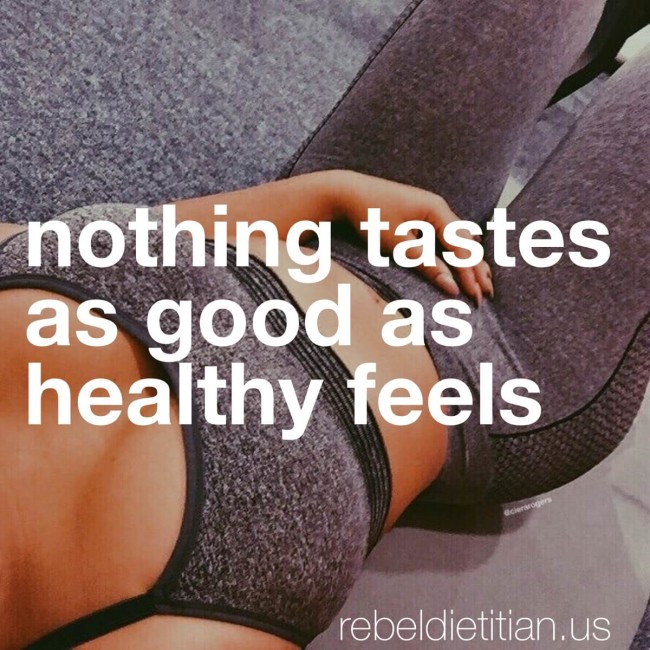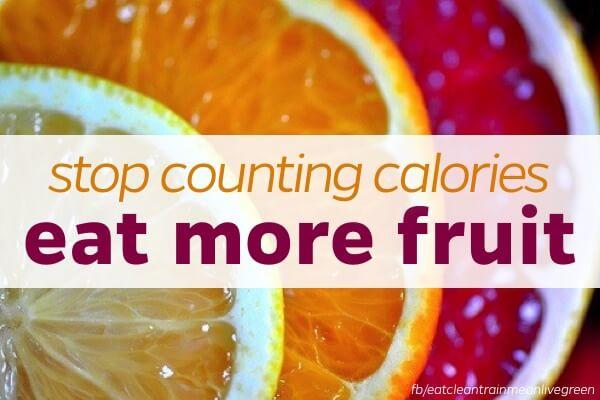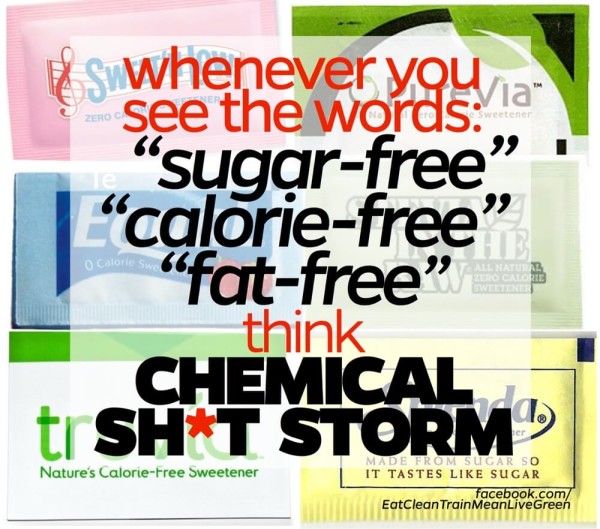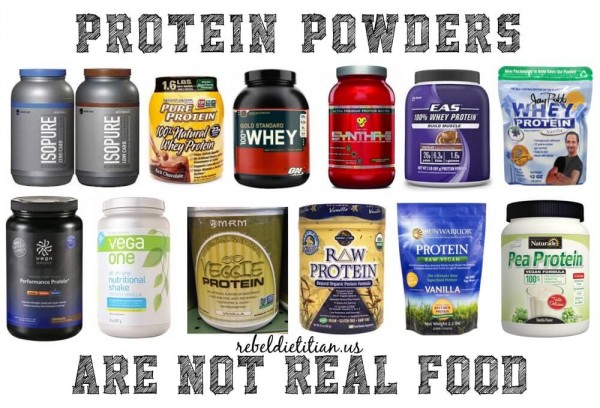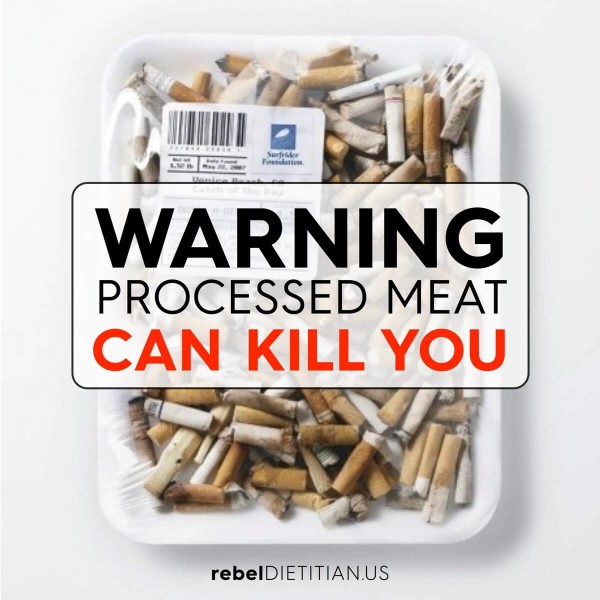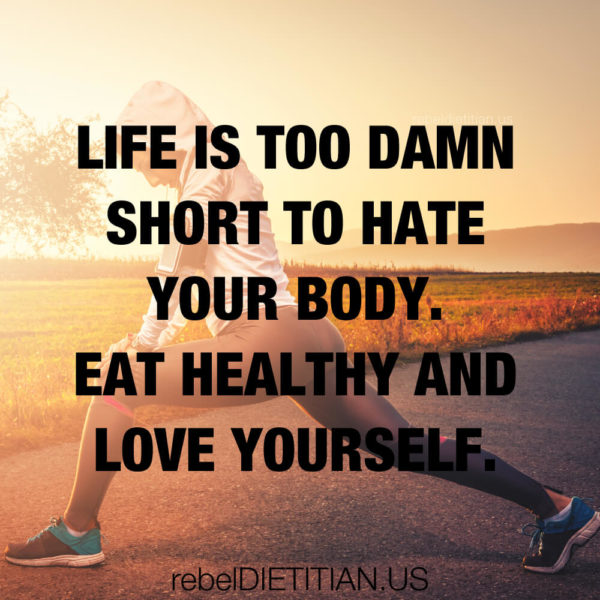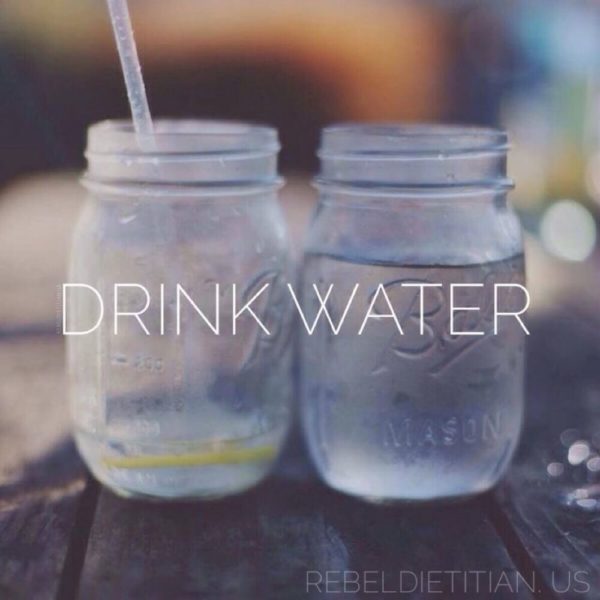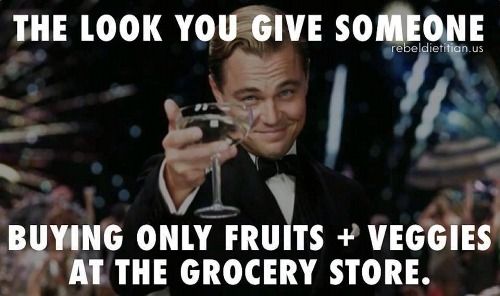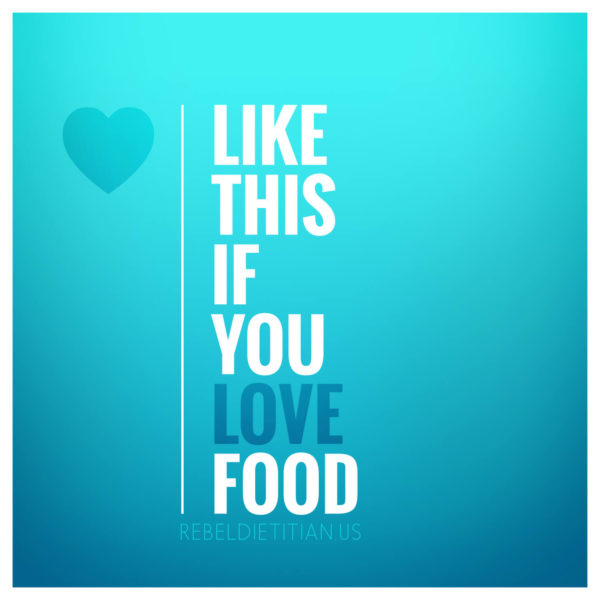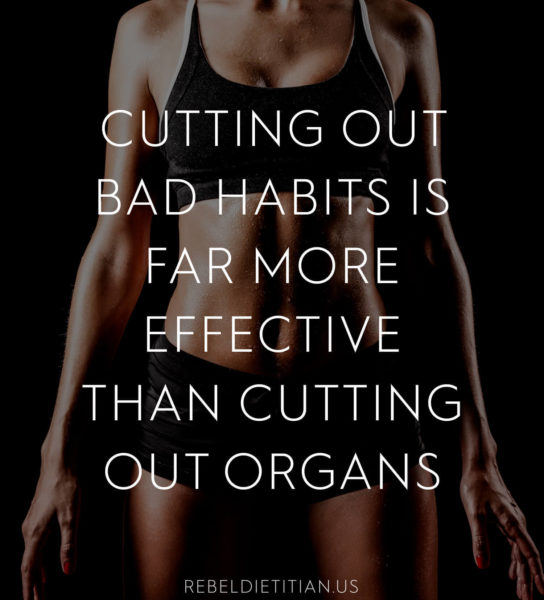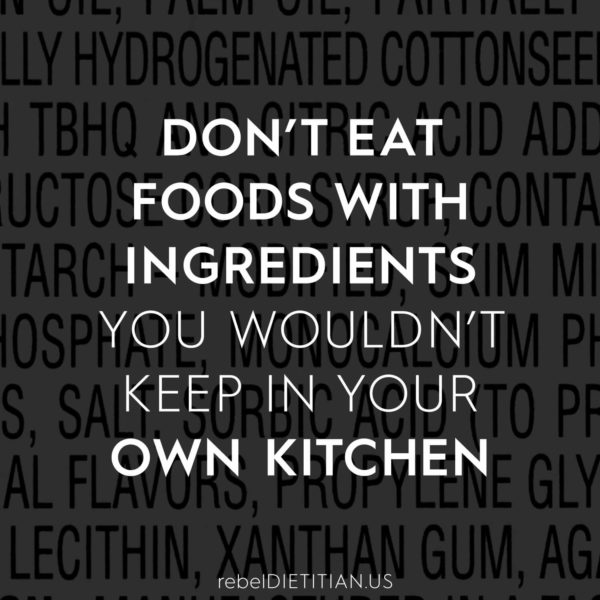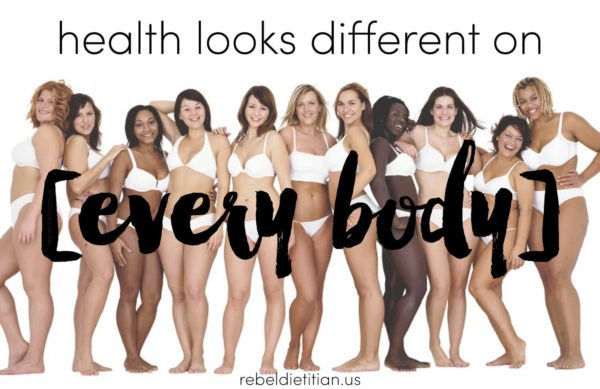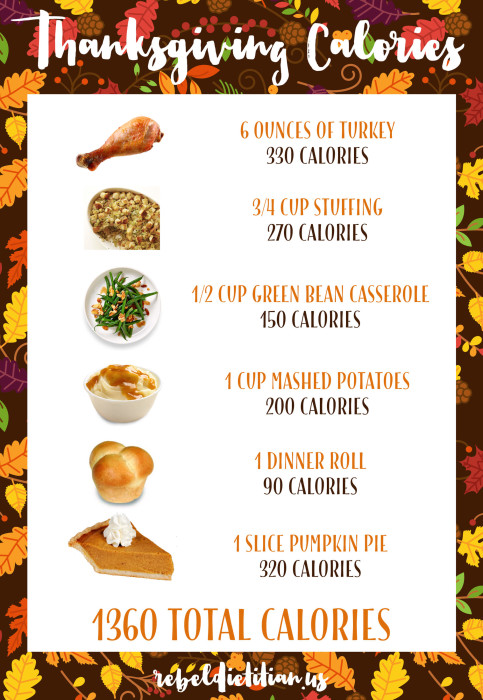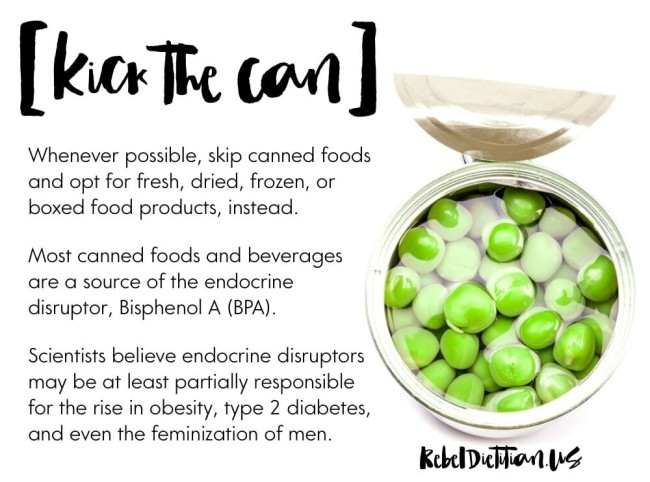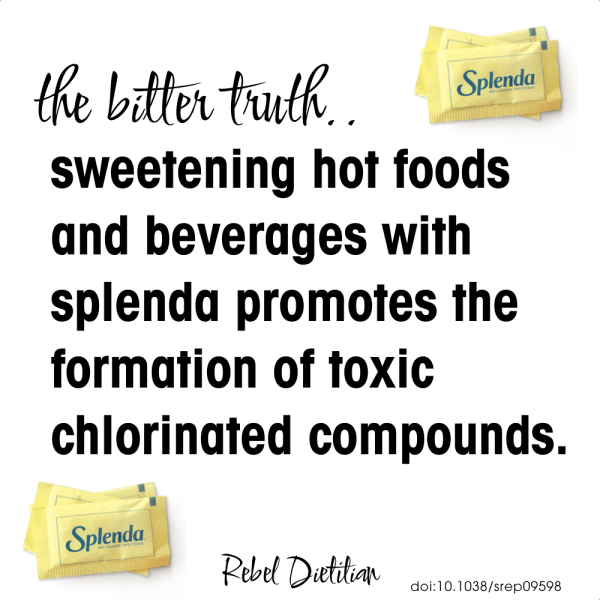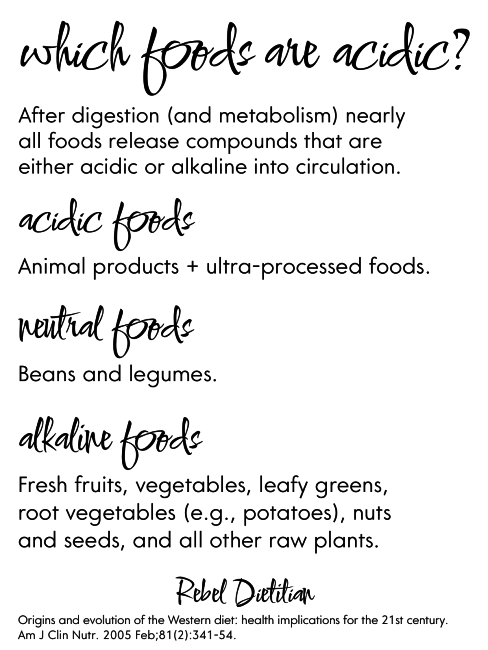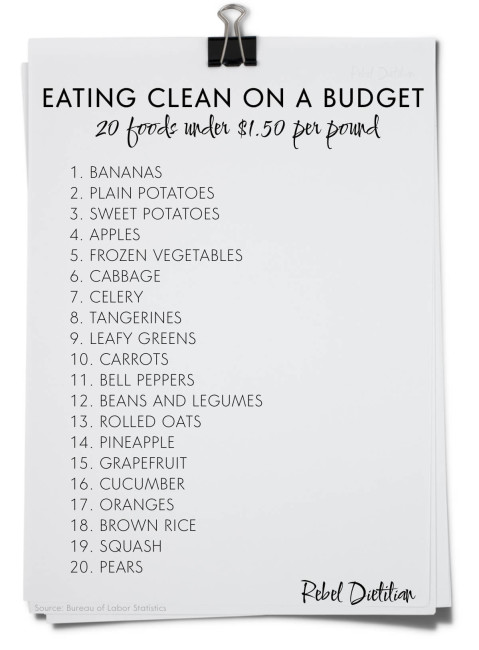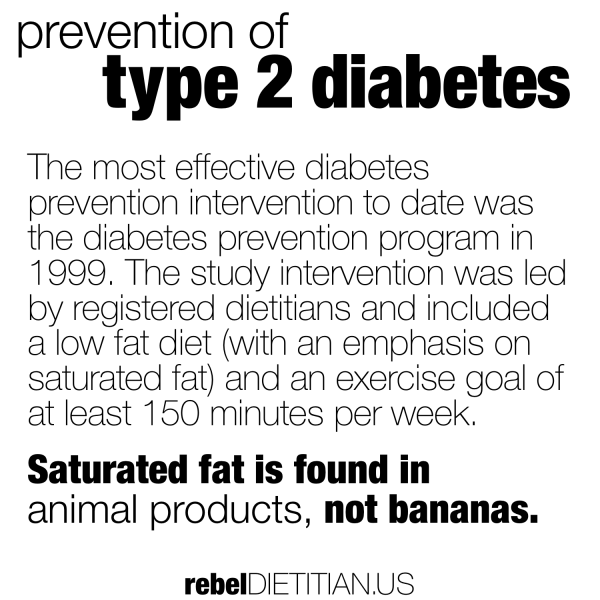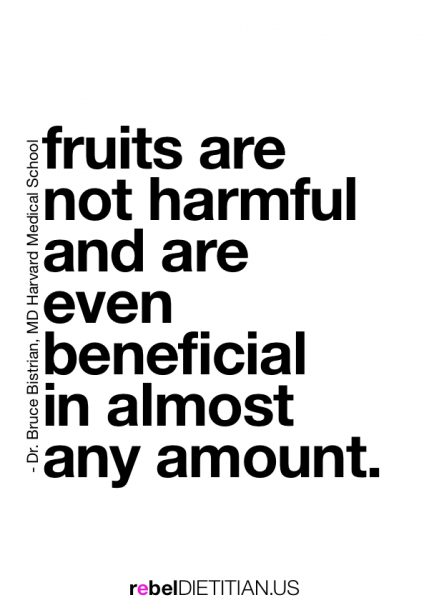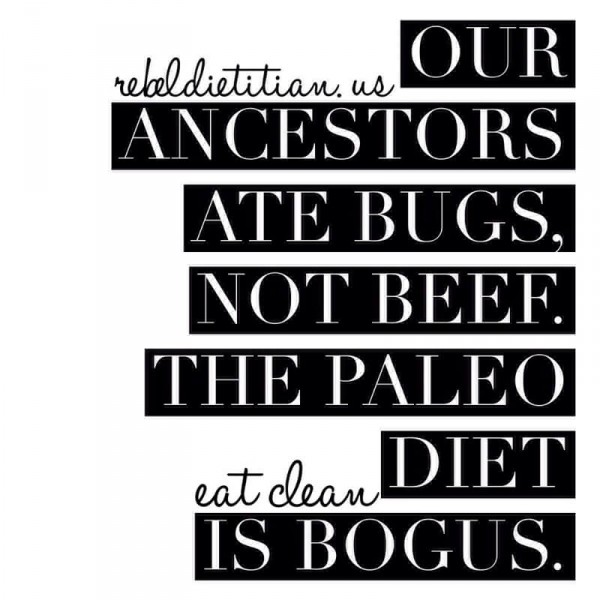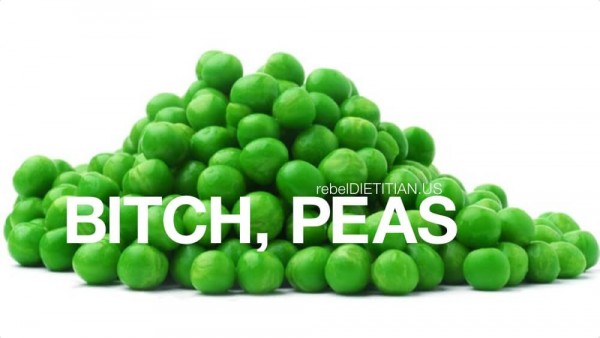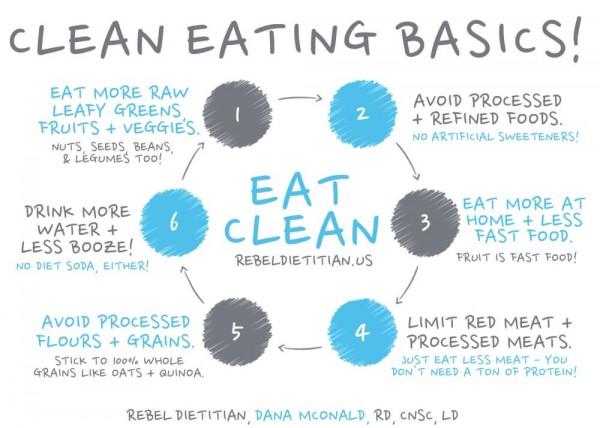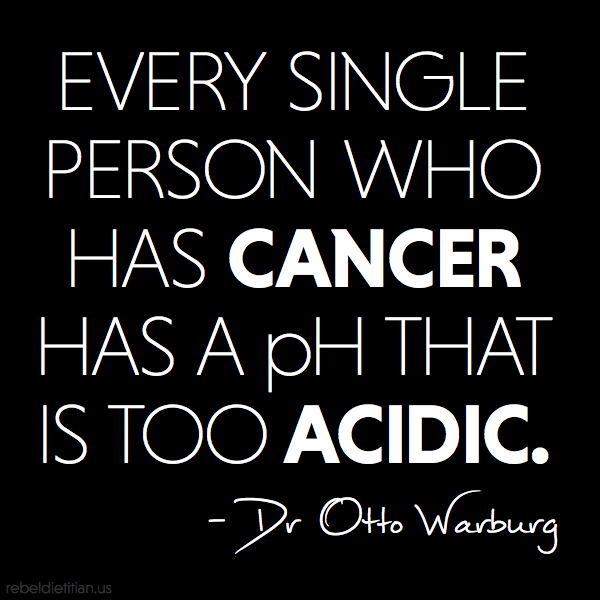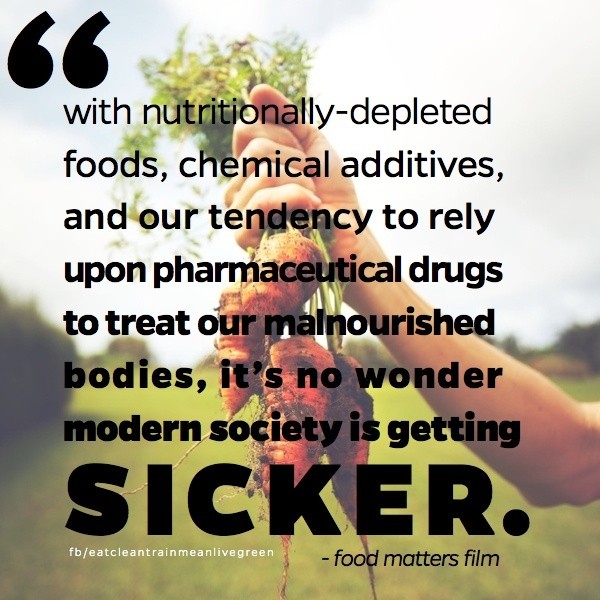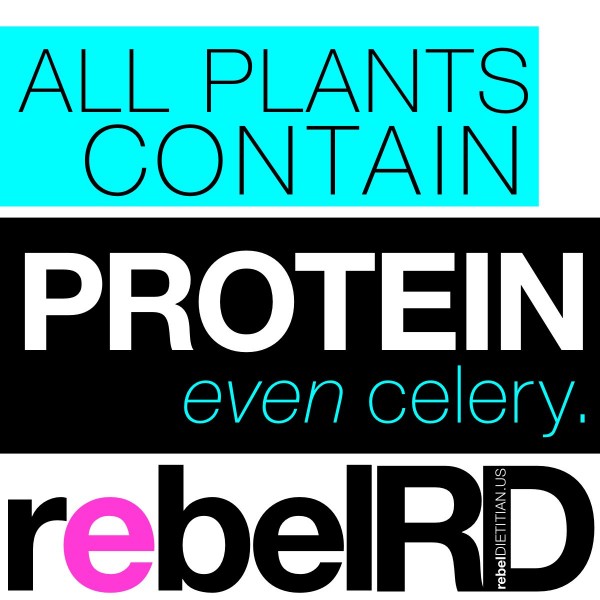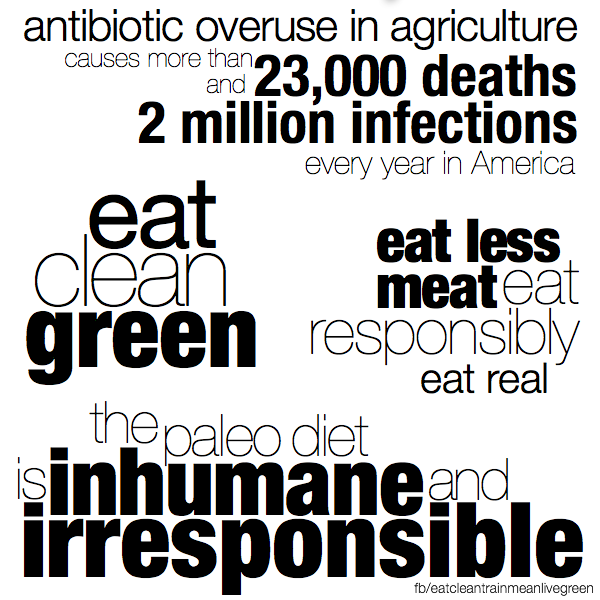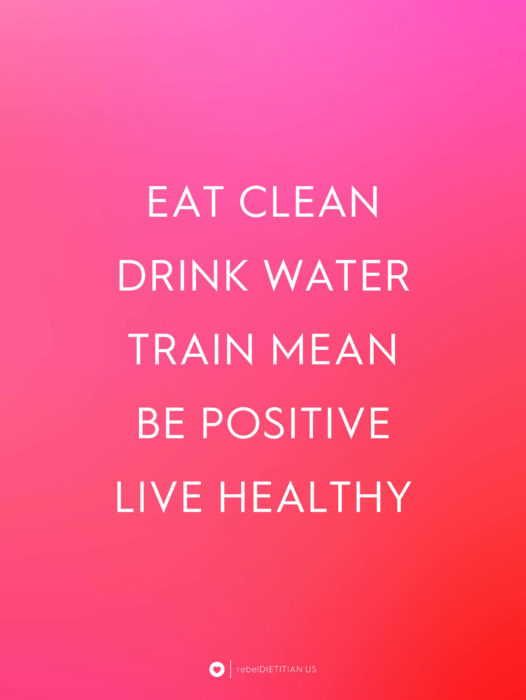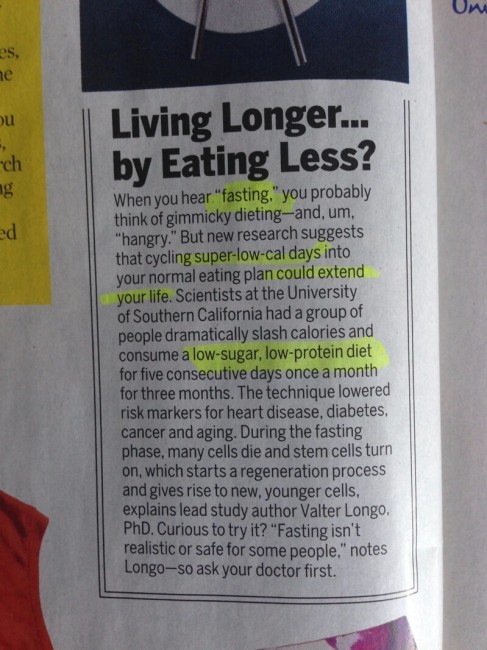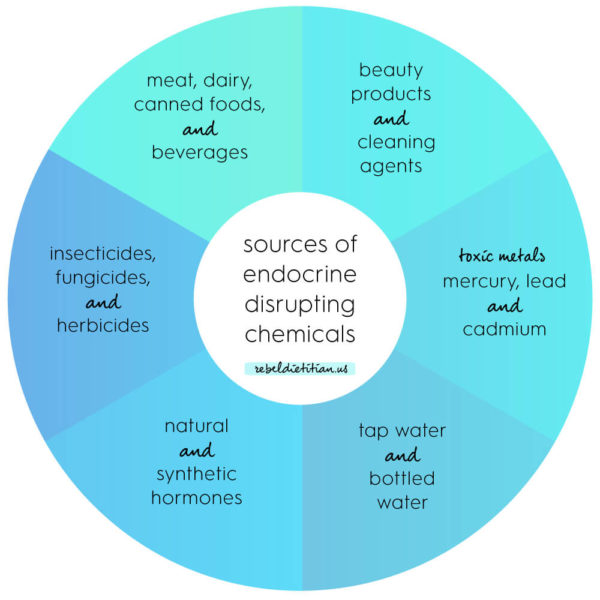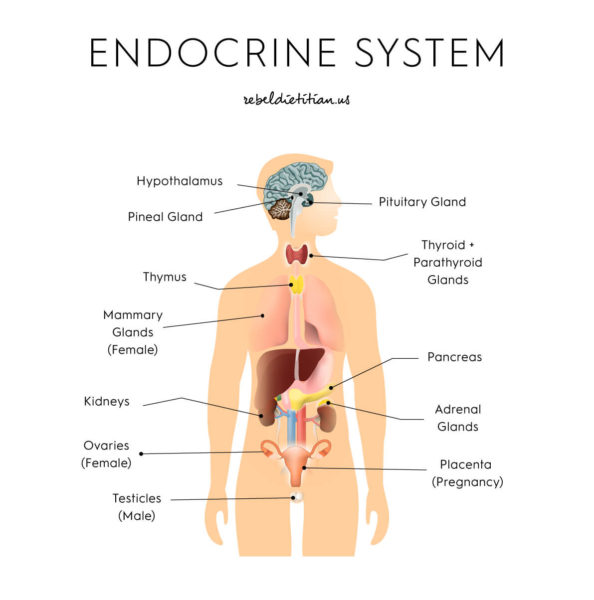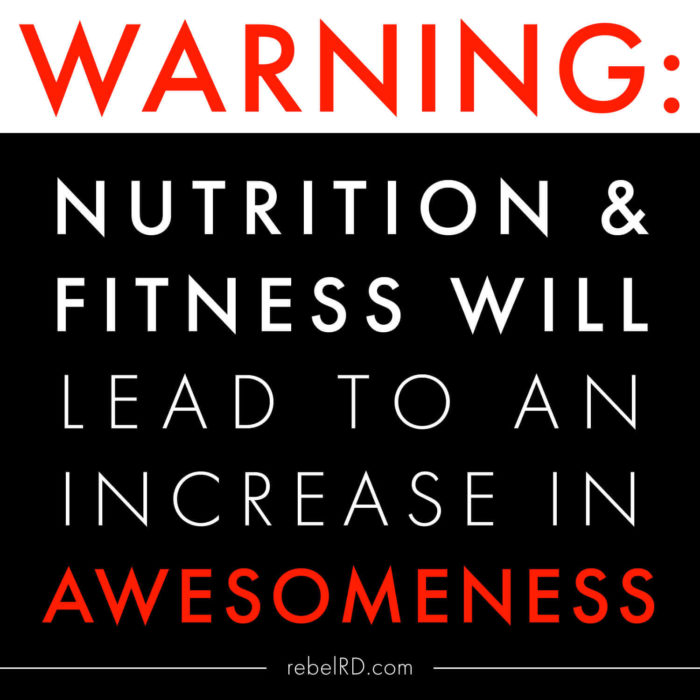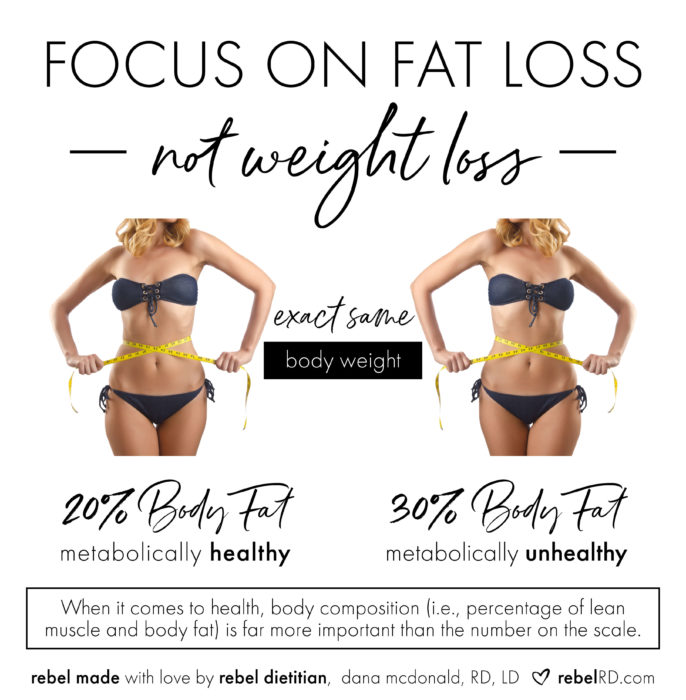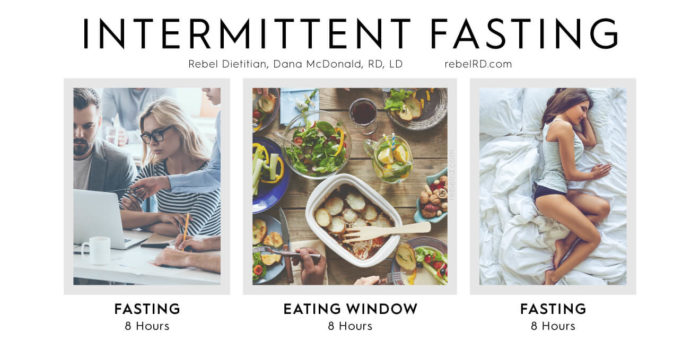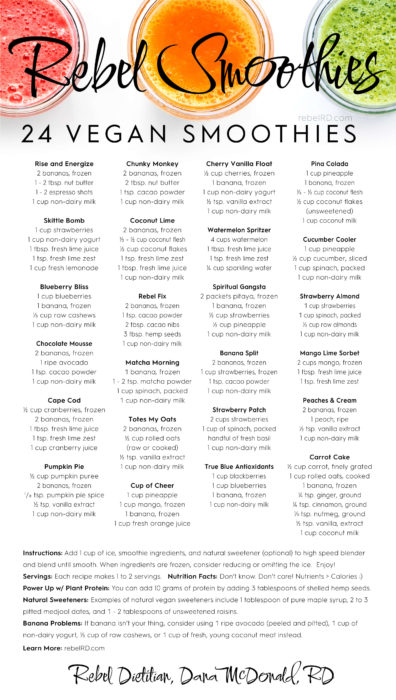Eating clean is a lifestyle — not a diet.
In fact, one of the most important factors when eating clean for optimal health and wellness is not the amount of calories, but rather, the level of food processing. Food processing is any deliberate change in a food that occurs before it’s available for us to eat. With that being said, it is important to understand that food processing occurs along a continuum – from minimally processed to ultra-processed, and not all food processing is “bad.”
In fact, nearly all food has been processed to some degree before we eat it. For example, washing, soaking, cutting, peeling, chopping, seasoning, mixing, cooking, freezing, and drying are all examples of food processing. Steps that generally fall under ultra processing include refining, extracting, modifying, hydrolyzing, fortifying, enriching, chemically altering, packaging, and otherwise manufacturing.
Limiting our intake of ultra-processed foods and beverages is important because research suggests individuals who consume excessive amounts of these foods are at greater risk of obesity, cancer, heart disease, and premature death. More importantly, diets rich in minimally processed plant-based foods are associated with improved diet quality as well as optimal health and wellness.
Minimally Processed Foods
Minimally processed foods are those foods that still resemble the natural food found in nature. Minimally processed foods are higher in naturally occurring health promoting nutrients such as dietary fiber, vitamins and minerals, and bioactive compounds (or antioxidants). More importantly, diets rich in minimally processed and unrefined foods and beverages – especially, whole plant-based foods – are associated with improved diet quality, optimal health and wellness, and less risk of chronic disease.
Examples of minimally processed foods include the following food groups (when minimally processed and unrefined):
- Fruits and Vegetables (both fresh and frozen – avoid canned foods)
- Leafy Greens and Sprouts
- Root Vegetables (Tubers)
- 100% Whole Grains
- Legumes (Beans, Peas, and Lentils)
- Nuts and Seeds
- Sea Vegetables
- Fermented Foods
- Fresh Meat and Dairy
- Fresh Seafood and Shellfish
Ultra Processed Foods
As you might imagine, ultra processed foods and beverages are the complete opposite of minimally processed foods – they do not resemble the original food found in nature and consist mostly of ultra processed and refined food ingredients. These ingredients are rarely eaten alone and are instead used in the manufacturing of ultra processed foods and beverages.
Steps that generally fall under ultra processing include refining, extracting, modifying, hydrolyzing, fortifying, enriching, chemically altering, packaging, and otherwise manufacturing. Food processing also involves the addition of processed food ingredients such as flavors, stabilizers, sweeteners, and emulsifiers. According to the Food and Drug Administration (FDA), there are more than 3,000 substances permitted for use in food.
Examples of ultra processed foods and beverages include:
- Most baked goods including breads, chips, cookies, crackers, cereals, cakes, pastries, and other snack foods
- Frozen meals including pizza, burritos, and most other frozen ready-to-eat meals
- Canned foods
- Certain animal products including hot dogs, hamburger meat, chicken nuggets, salami, canned meats, and most sandwich meat
- Meat substitutes (e.g., veggie chicken nuggets)
- Milk products including dairy and non-dairy butter, cheese, flavored milks, sweetened yogurt, and ice cream
- Flavored beverages including soda and sugary juice
- Artificial sweeteners including low-calorie and zero-calorie sugar substitutes
- Meal replacements and protein supplements including shakes and bars
- Infant and toddler formula, baby food, and other baby-specific foods and beverages
Meat and Dairy
While it is true that animal products contain substantial amounts of protein and iron, diets high in animal products are also associated with a greater incidence of obesity, type 2 diabetes, heart disease, cancer, and premature death.
Being at the top of the food chain, animal products are also a significant source of dietary contaminants and toxins including endocrine disrupting chemicals. Animals accumulate these substances from their environment over their lifespan, a process known as bioaccumulation.
Contrary to popular belief, consumption of animal products at every meal — especially ultra-processed animal products — is not necessary for optimal health and wellness. In fact, quite the opposite.
Examples of ultra-processed animal products include sausage, bacon, hamburger meat, pre-packaged sandwich meat, hot dogs, chicken nuggets, fish sticks, canned meats, and meat products used in soups and/or frozen meals.
Tips for Meat Eaters
- Eat less meat, especially red meat and processed meat;
- Opt for organic products that are raised humanely* without the use of antibiotics, growth hormones, and GMO feed;
- Choose animal products that are naturally low in saturated fat (e.g., chicken, turkey, and fish); and
- Avoid fish and shellfish products high in mercury and other toxic contaminants.
If you choose to consume fish and/or shellfish, opt for sustainable seafood products that are low in mercury and other toxic contaminants; yet, high in the omega 3 fatty acids, EPA and DHA. According to Seafood Watch, more than 90 percent of the world’s fisheries are now fully exploited or collapsed.
*There is no single definition of “humane meat,” and many animal advocacy organizations and activists believe that the term is misleading and an absolute myth (i.e. there is no such thing as “humane meat.”). Animals raised on factory farms are NEVER raised humanely, despite the use of labels such as “Cage Free,” “Free Range,” “Grass Fed,” “Organic,” and “Local.”
To view additional tips for meat eaters, visit the page titled Tips for Meat Eaters.
Do you eat meat?
No, I’m vegan, which means I do not eat, use, or wear animal products. With this being said, it is important to understand that my goal in providing nutrition education to the public is to improve public health; which, can easily be achieved by providing science-based nutrition and fitness education and inspiration.
My point is, I am not here to argue with those who believe consuming small amounts of minimally processed animal products (raised by organic farmers who utilize sustainable and humane agricultural practices) are healthful when consumed as part of a plant-based diet. My hope is that everyone will choose to eat clean and green with great respect for public health, the environment, and rights (and welfare) of others.
Fats and Oils
Unfortunately, most edible fats and oils are ultra-processed and refined. Not to mention, treated with harsh chemicals and an obvious source of concentrated energy. Examples of ultra-processed edible oils include butter, vegetable shortening, and many other oils used to fry foods.

Recommendations:
- Obtain dietary fat from whole plant-based foods;
- Healthy sources of fat include nuts, seeds, olives, avocado, and coconut flesh;
- Avoid heating edible oils. Using heat – especially high heat – to prepare food with oil results in the formation of carcinogens and destroys the beneficial nutrients (if any) found in the oil;
- If you must use heat to prepare food with oil, use a refined plant-based oil that is naturally high in saturated fat (e.g., avocado or coconut oil) and use the lowest temperature possible; and
- When it comes to using oil at room temperature (e.g., for a salad dressing), opt for an extra-virgin plant-based oil that is unrefined and cold-pressed. For example, extra-virgin olive oil (EVOO), coconut oil, or avocado oil.
Natural Sweeteners
Minimally processed sweeteners (or naturally occurring sweeteners) have been used by humans for food and medicinal purposes for thousands of years. Examples of natural sweeteners include, but are not limited to, the following:
- Fresh Fruit (e.g., berries);
- Fresh Juice;
- Naturally Dried Fruit (e.g., medjool dates);
- Wild Honey (unheated and unfiltered);
- Pure Maple Syrup;
- Granulated Maple Sugar; and
- Coconut Palm Sugar
Ultra Processed Sweeteners
Ultra processed and refined sweeteners (or “artificial sweeteners”) include sugar substitutes, high-intensity sweeteners, and sugar alcohols. Unlike the naturally occurring sweeteners described above, ultra processed sweeteners do not exist in nature and have not been used by humans for thousands of years. Even more concerning, is the fact that recent research suggests consumers of ultra processed sweeteners may be at greater risk of obesity and metabolic disease. Examples of ultra processed and refined sweeteners include, but are not limited to, the following:
- Stevia;
- Agave nectar;
- Sucralose (e.g. Splenda);
- Acesulfame K (e.g. Sweet One);
- Aspartame (e.g. Equal);
- Luo Han Guo Fruit Extract or Monk Fruit (e.g., Nectresse);
- Saccharin (Sweet ‘N Low); and
- Neotame.
To learn more about minimally processed and ultra processed sweeteners, visit the page titled Natural Sweeteners.
Learn More
Rebel Lifestyle
To learn more about my lifestyle, visit the page titled Rebel Lifestyle.
Rebel Grub
To view photos of my grub, check out the page titled Rebel Grub.
Meal Planning
To view meal planning information, head over to the page Meal Planning.
Shopping Lists
To view shopping lists, visit the page titled Shopping Lists.
Posters and Charts
To view my posters and charts, hit up the page titled Posters.
Pinterest and Facebook
Posters and Charts
Except where otherwise noted, content on this site is licensed under a CC BY-NC-ND 4.0 license. This means you are free to use my work for personal use (e.g., save the file to your computer or share via social media) as long as you do not modify the image or use the image for commercial purposes ($).
References:
1. Monteiro CA, Levy RB, Claro RM, et al. A new classification of foods based on the extent and purpose of their processing. Cad Saúde Pública 2010;26:2039–49. doi:10.1590/S0102-311X2010001100005
2. Moubarac JC, Parra DC, Cannon G, et al. Food Classification Systems Based on Food Processing: significance and implications for policies and actions: a systematic literature review and assessment. Curr Obes Rep 2014;3:256–72. doi:10.1007/s13679-014-0092-0
3. Monteiro CA. Nutrition and health. The issue is not food, nor nutrients, so much as processing. Public Health Nutr. 2009 May;12(5):729-31. doi: 10.1017/S1368980009005291.
4. Monteiro C. The big issue is ultra-processing. There is no such thing as a healthy ultra-processed product. [Commentary] World Nutrition, August 2011, 2, 7: 333-349.
5. Martínez steele E, Baraldi LG, Louzada ML, Moubarac JC, Mozaffarian D, Monteiro CA. Ultra-processed foods and added sugars in the US diet: evidence from a nationally representative cross-sectional study. BMJ Open. 2016;6(3):e009892.
6. Tavares LF, Fonseca SC, Garcia Rosa ML, Yokoo E. Relationship between ultra-processed foods and metabolic syndrome in adolescents from a Brazilian Family Doctor Program. M. Public Health Nutr. 2012 Jan;15(1):82-7. doi: 10.1017/S1368980011001571.
7. Monteiro CA, et al. (2011). Increasing consumption of ultra-processed foods and likely impact on human health: evidence from Brazil. Public Health Nutrition, 14, pp 5-13. doi: 10.1017/S1368980010003241.
8. Bielemann RM, Motta JV, Minten GC, Horta BL, Gigante DP. Consumption of ultra-processed foods and their impact on the diet of young adults. Rev Saude Publica. 2015;49:1-10.
9. Poti JM, Mendez MA, Ng SW, Popkin BM. Is the degree of food processing and convenience linked with the nutritional quality of foods purchased by US households? Am J Clin Nutr. 2015 Jun;101(6):1251-62. doi: 10.3945/ajcn.114.100925.
10. Juul F, Hemmingsson E. Trends in consumption of ultra-processed foods and obesity in Sweden between 1960 and 2010. Public Health Nutr. 2015 Mar 25:1-12.
11. Darmon N. The good, the bad, and the ultra-processed. Public Health Nutr. 2009 Oct;12(10):1967-8. DOI: 10.1017/S1368980009991212.
12. Moubarac JC, Martins AP, Claro RM, Levy RB, Cannon G, Monteiro CA. Consumption of ultra-processed foods and likely impact on human health. Evidence from Canada. Public Health Nutr. 2013 Dec;16(12):2240-8. doi: 10.1017/S1368980012005009.
13. Stuckler D, Nestle M (2012) Big Food, Food Systems, and Global Health. PLoS Med 9(6): e1001242. doi:10.1371/journal.pmed.1001242
14. Neltner TG, Alger HM, Leonard JE, Maffini MV. Data gaps in toxicity testing of chemicals allowed in food in the United States. Reprod Toxicol. 2013;42:85-94.
15. FDA. 2011. Everything Added to Food in the United States (EAFUS). Food and Drug Administration. Available: http://www.fda.gov/Food/IngredientsPackagingLabeling/FoodAdditivesIngredients/ucm115326.htm [accessed September 8, 2016].
16. FDA. 2011. List of indirect additives used in food contact substances. Food and Drug Administration. Available: http://www.accessdata.fda.gov/scripts/fdcc/index.cfm?set=IndirectAdditives [accessed September 8, 2016].
17. FDA. 2013. GRAS notice inventory. Food and Drug Administration. Available: http://www.accessdata.fda.gov/scripts/fdcc/?set=GRASNotices [accessed September 8, 2016].
18. FDA. 2013. Inventory of Effective Food Contact Substance (FCS) notifications. Food and Drug Administration. Available: http://www.accessdata.fda.gov/scripts/fdcc/?set=fcn [accessed September 8, 2016].
19. Tavassoli-kafrani E, Shekarchizadeh H, Masoudpour-behabadi M. Development of edible films and coatings from alginates and carrageenans. Carbohydr Polym. 2016;137:360-74.
20. Barp L, Suman M, Lambertini F, Moret S. Migration of selected hydrocarbon contaminants into dry semolina and egg pasta packed in direct contact with virgin paperboard and polypropylene film. Food Addit Contam Part A Chem Anal Control Expo Risk Assess. 2015;32(9):1542-51.
21. Barp L, Suman M, Lambertini F, Moret S. Migration of selected hydrocarbon contaminants into dry pasta packaged in direct contact with recycled paperboard. Food Addit Contam Part A Chem Anal Control Expo Risk Assess. 2015;32(2):271-83.
22. Gärtner S, Balski M, Koch M, Nehls I. Analysis and migration of phthalates in infant food packed in recycled paperboard. J Agric Food Chem. 2009;57(22):10675-81.
23. Stirban A, Tschöpe D. Vascular Effects of Dietary Advanced Glycation End Products. Int J Endocrinol. 2015;2015:836498.
24. Lin RY, Choudhury RP, Cai W, Lu M, Fallon JT, Fisher EA, Vlassara H. Dietary glycotoxins promote diabetic atherosclerosis in apolipoprotein E-deficient mice. Atherosclerosis. 2003;168:213–220.
25. Hobbs F. D. R. Type-2 diabetes mellitus related cardiovascular risk: new options for interventions to reduce risk and treatment goals. Atherosclerosis Supplements. 2006;7(4):29–32. doi: 10.1016/j.atherosclerosissup.2006.05.005.
26. Nathan D. M., Cleary P. A., Backlund J.-Y. C., et al. Intensive diabetes treatment and cardiovascular disease in patients with type 1 diabetes. The New England Journal of Medicine. 2005;353(25):2643–2653. doi: 10.1056/NEJMoa052187.
 Rebel Dietitian Dana McDonald, RD
Rebel Dietitian Dana McDonald, RD 